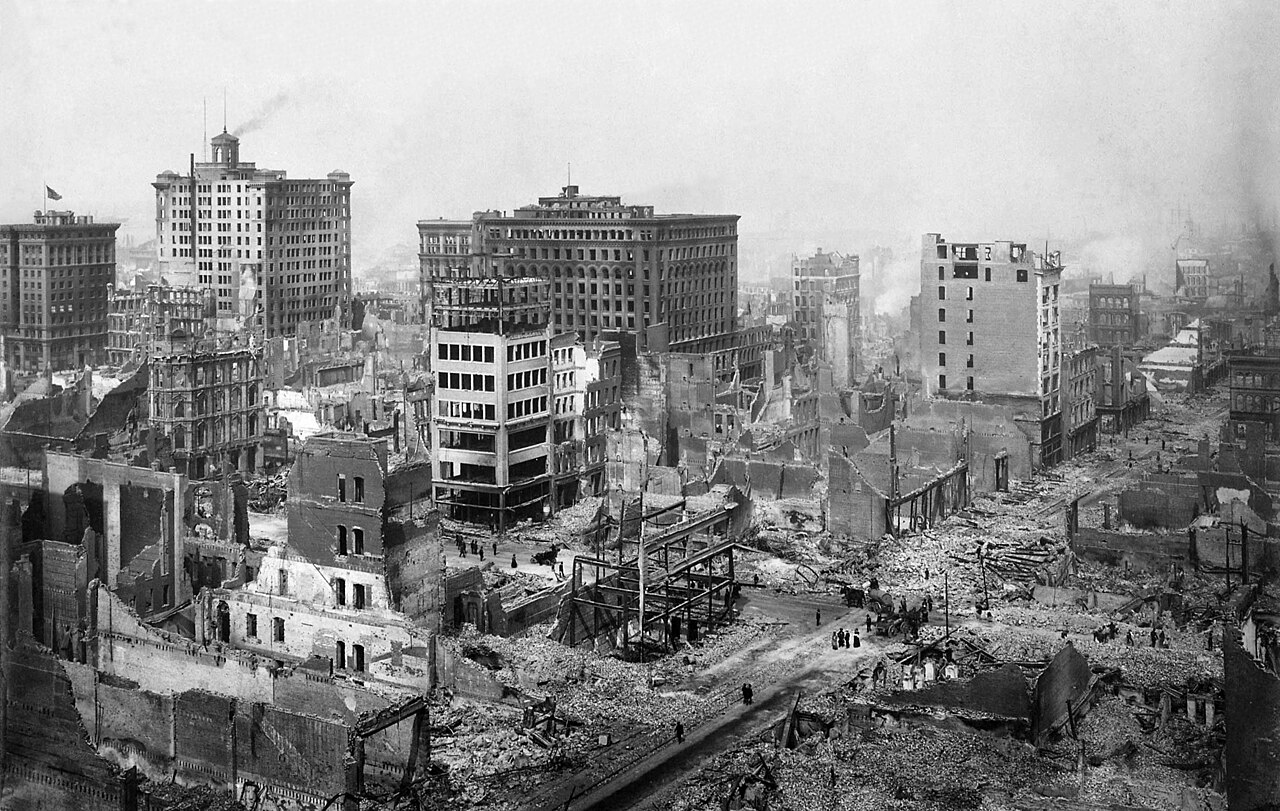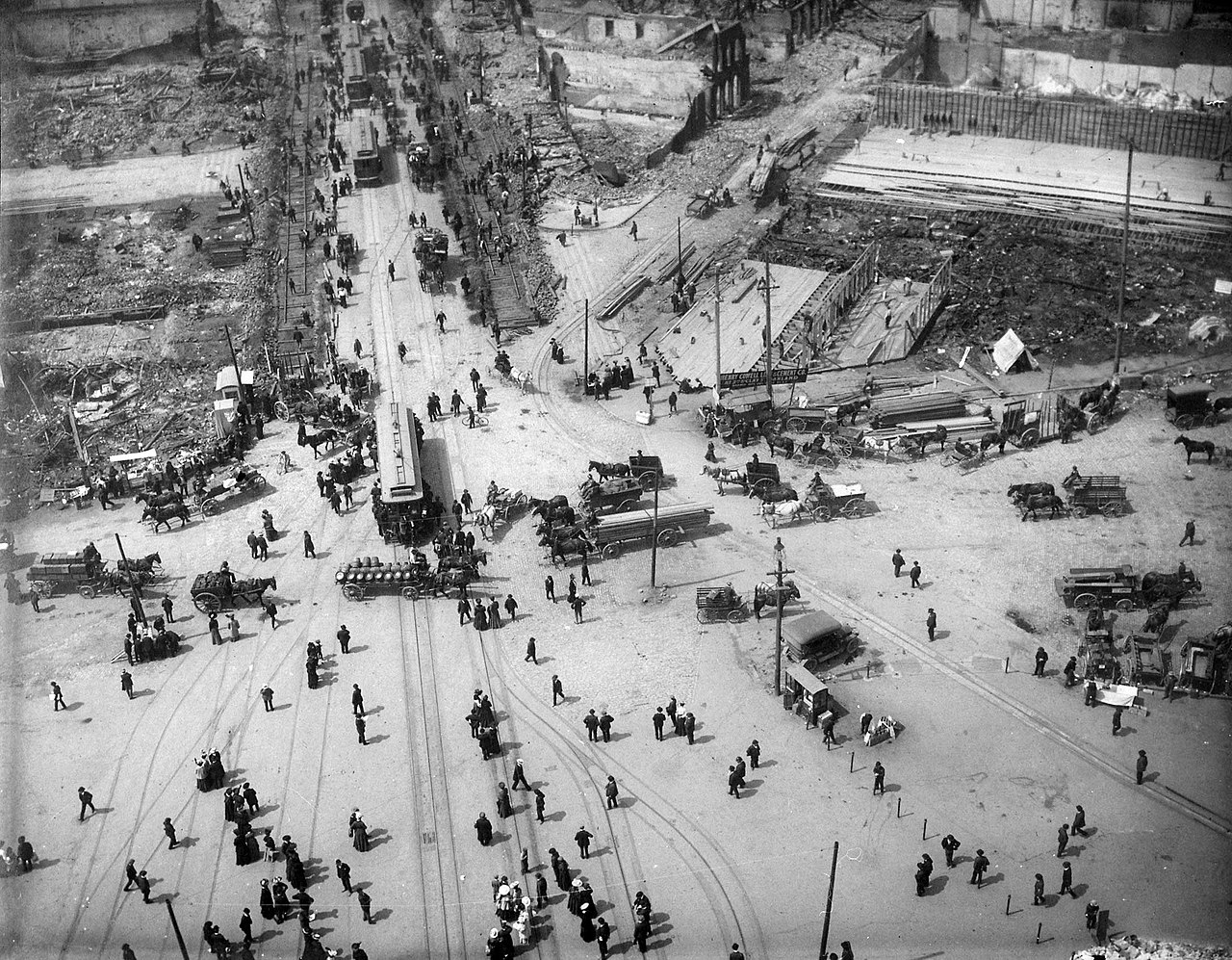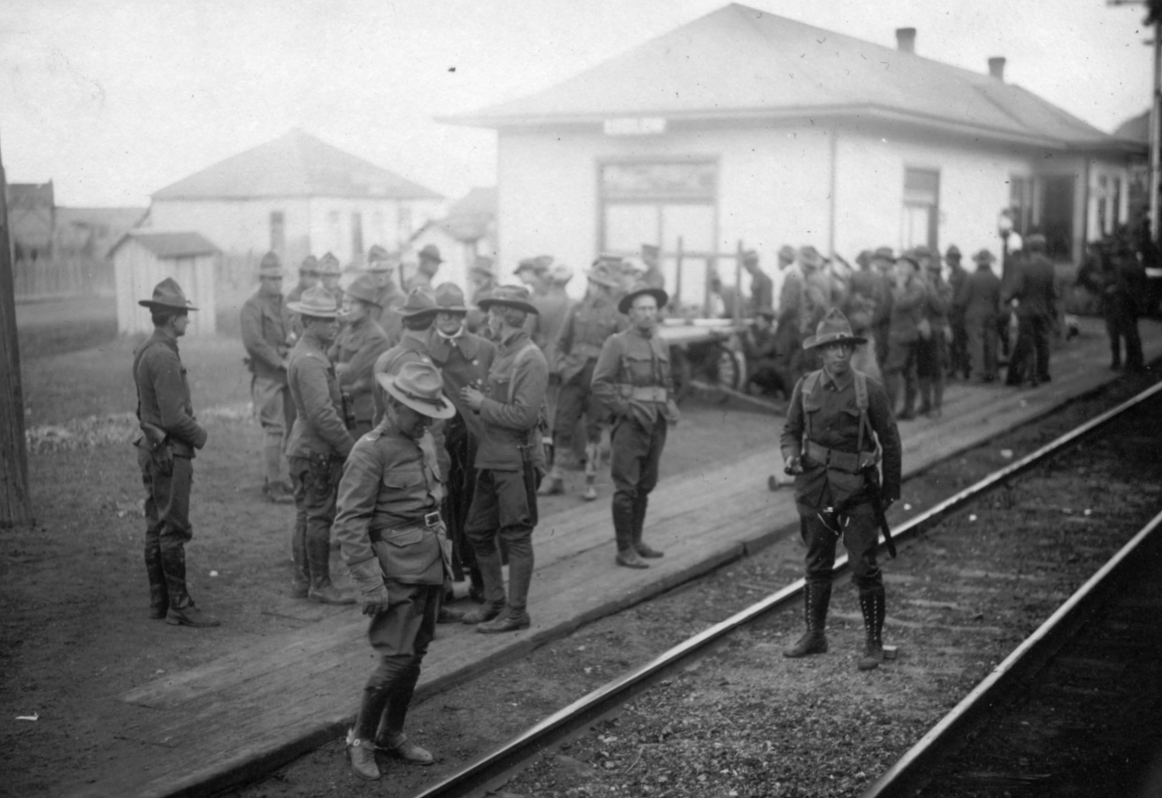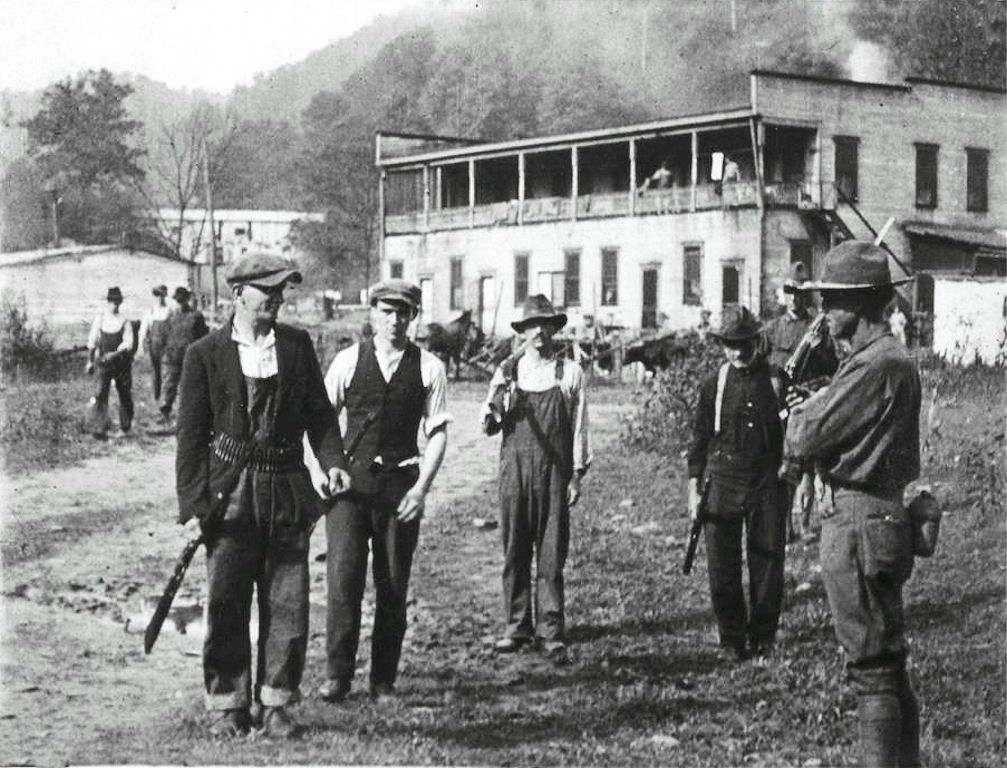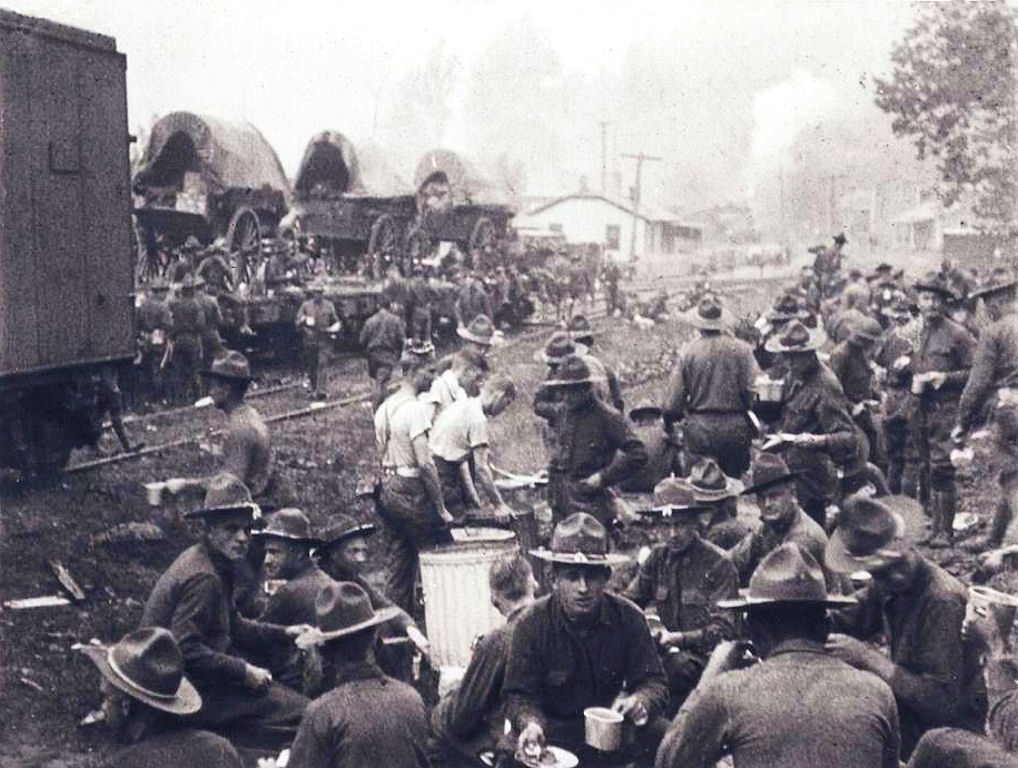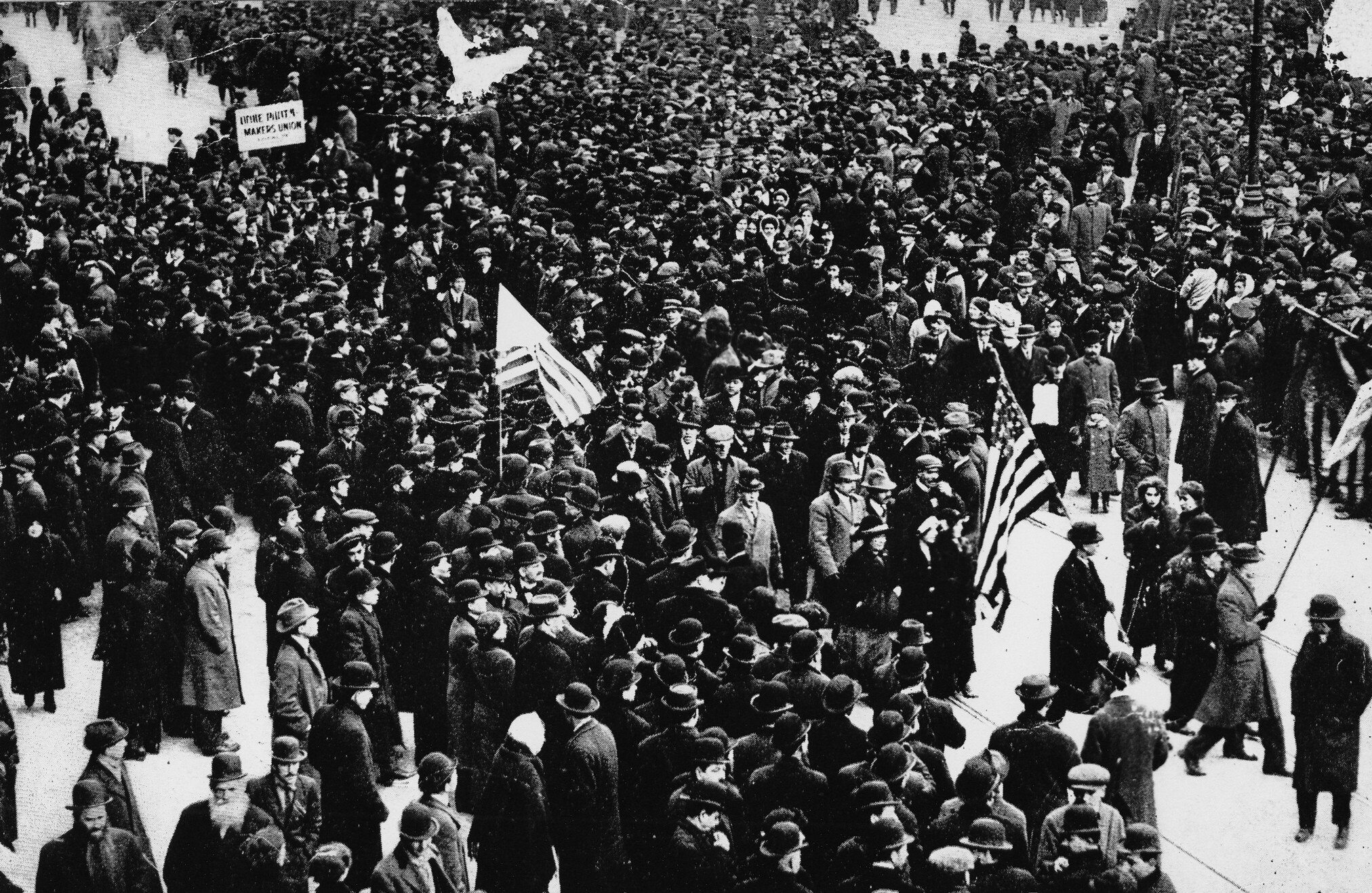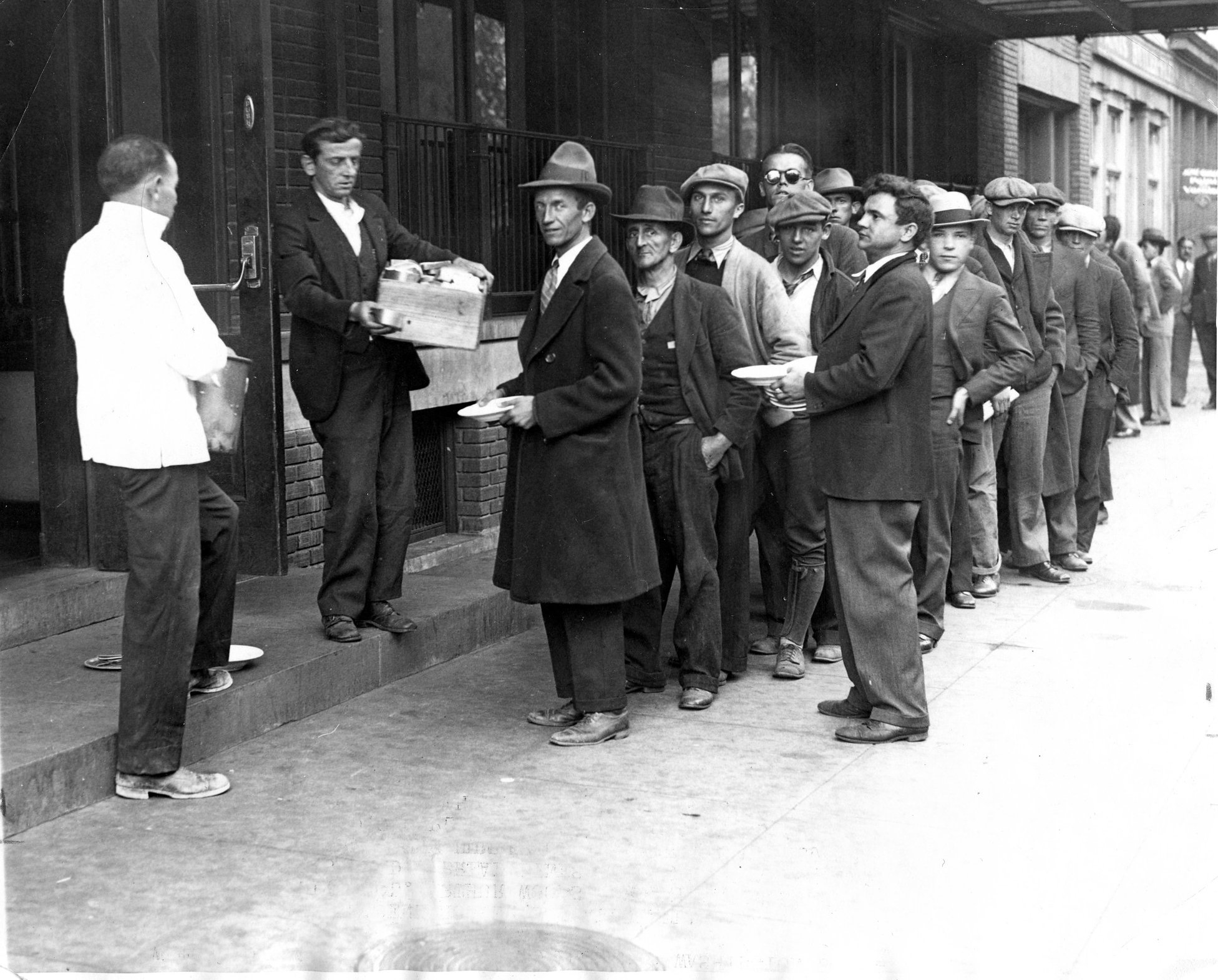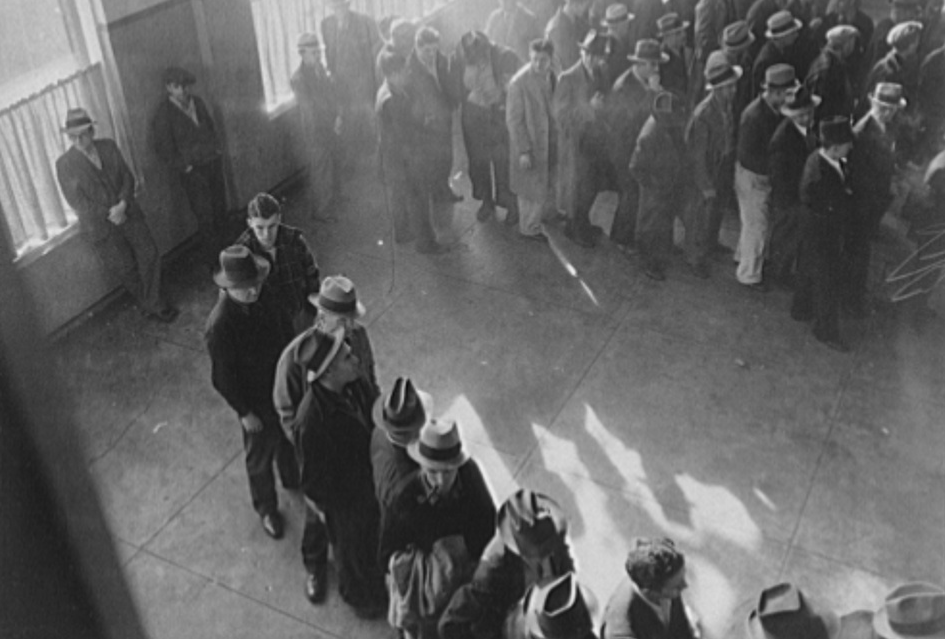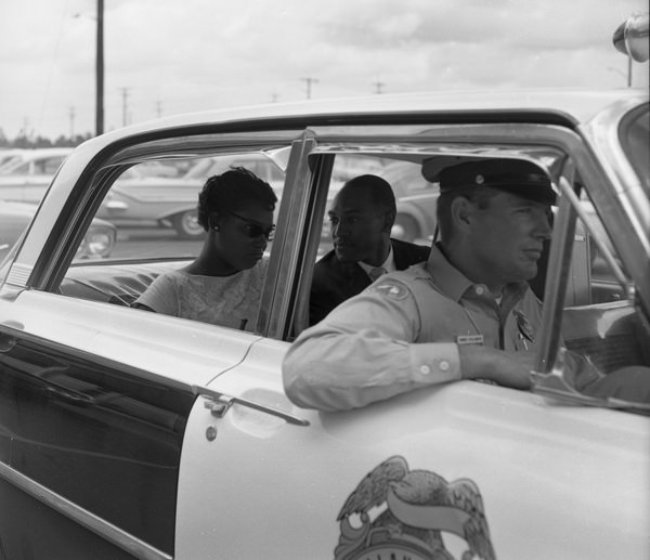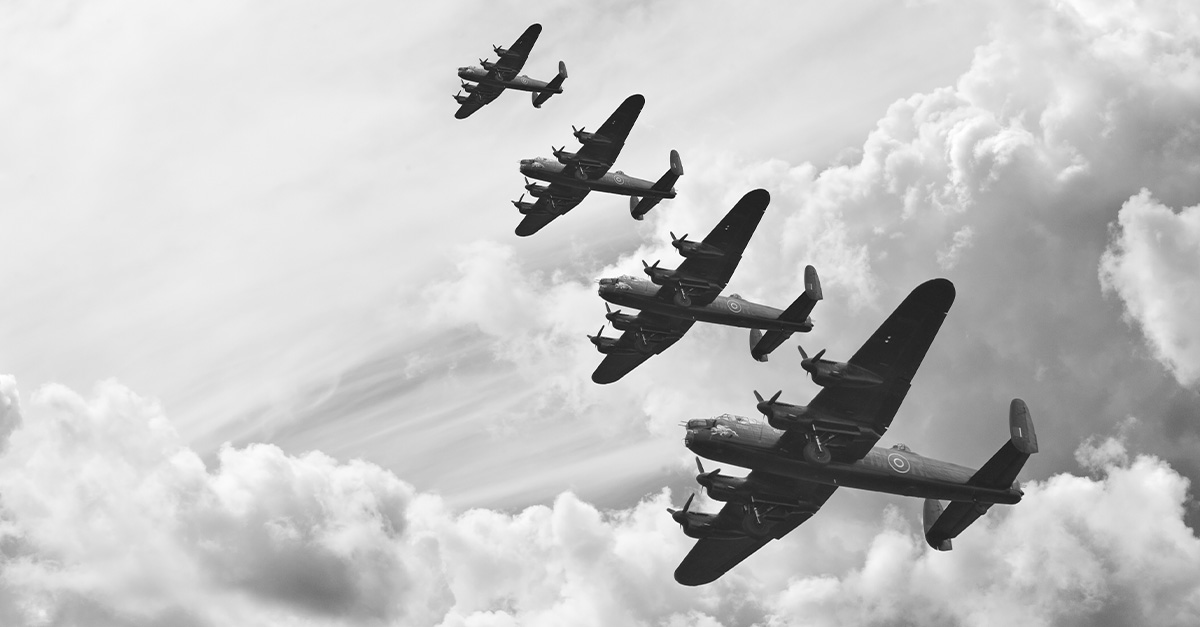The History Of Martial Law In The United States
Martial law is often associated with failed states, or nations under siege from within, when drastic measures, such as suspension of civil rights, or the imposing of military rule, are enacted to maintain order. It’s something that democratic nations are not supposed to do yet it has happened. Here are some historical cases of martial law being used in the United States.

The American Revolution
The American Revolution predates the United States as a nation but the rebellion against British rule in the American colonies resulted in the British taking incredibly drastic measures to quell the growing revolution.
The American Revolution
In 1774, the Boston Tea Party—a heated protest against taxes on imported tea—really shook things up. It caused the British to pass the Massachusetts Government Act. This effectively closed the port and restricted public meetings. However, this wasn’t the only dramatic change the revolution saw.
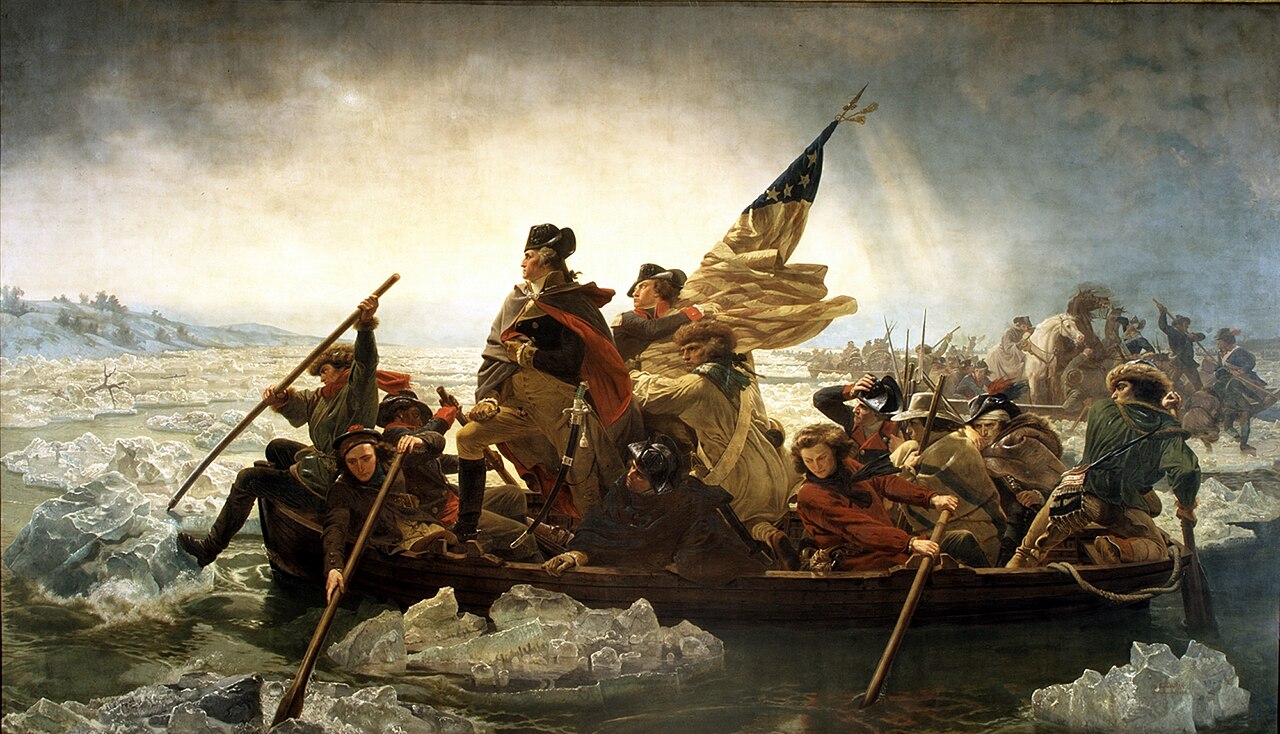 Emanuel Leutze, Wikimedia Commons
Emanuel Leutze, Wikimedia Commons
The American Revolution
The very next year, the royal governor of Virginia declared martial law and made the most stunning proposal imaginable—freedom to any enslaved person or indentured servant who faced down the rebelling colonists alongside the British. His overall goal? To derail the labor force and diminish the rebellion.
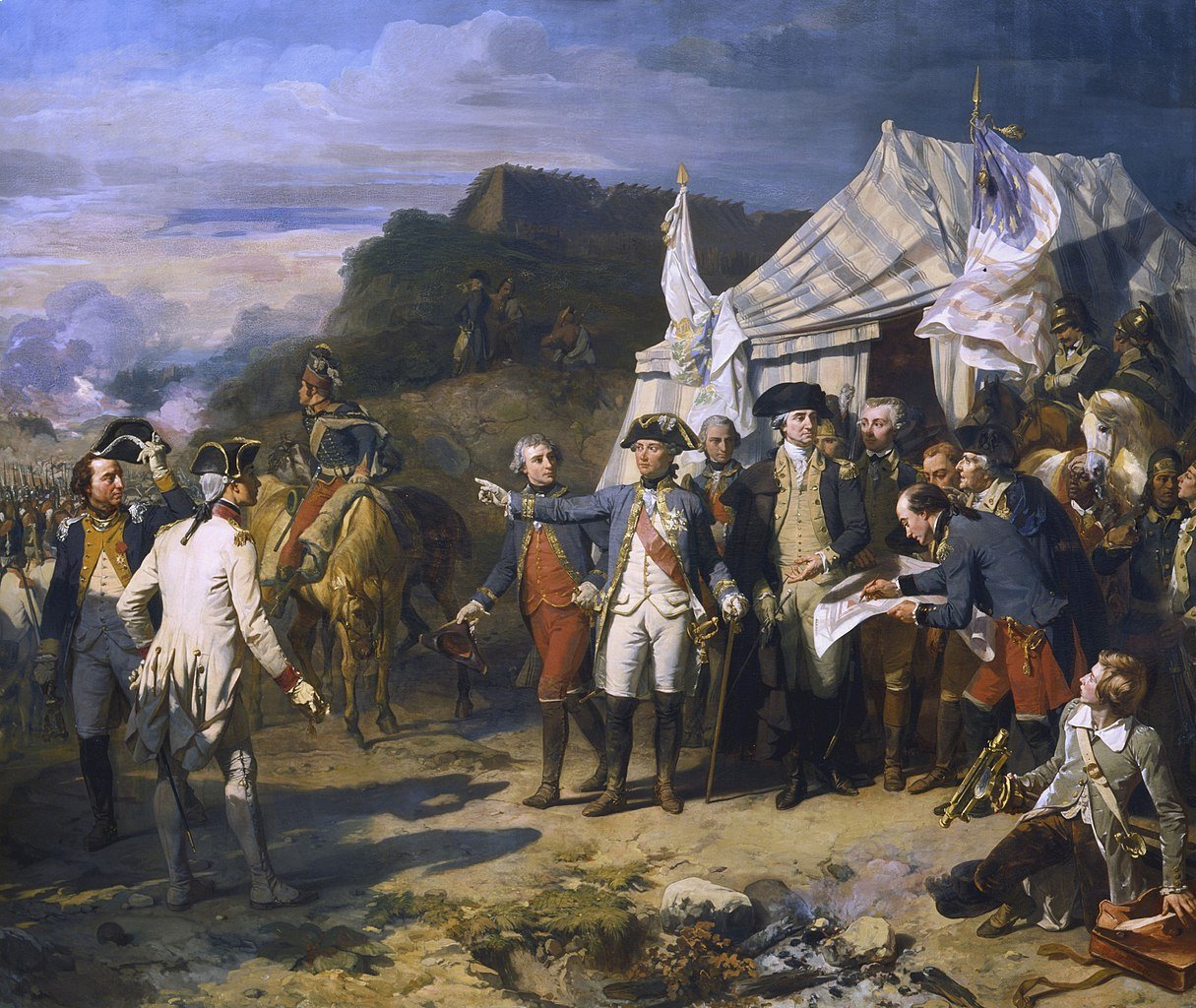 Auguste Couder, Wikimedia Commons
Auguste Couder, Wikimedia Commons
The American Revolution
Martial law reared its head once again in New York in 1776. The British took over New York City. Everything was chaos, but martial law intervened. The city’s governor managed to keep a tenuous grasp on his title, even though the real power still lay with British army commanders.
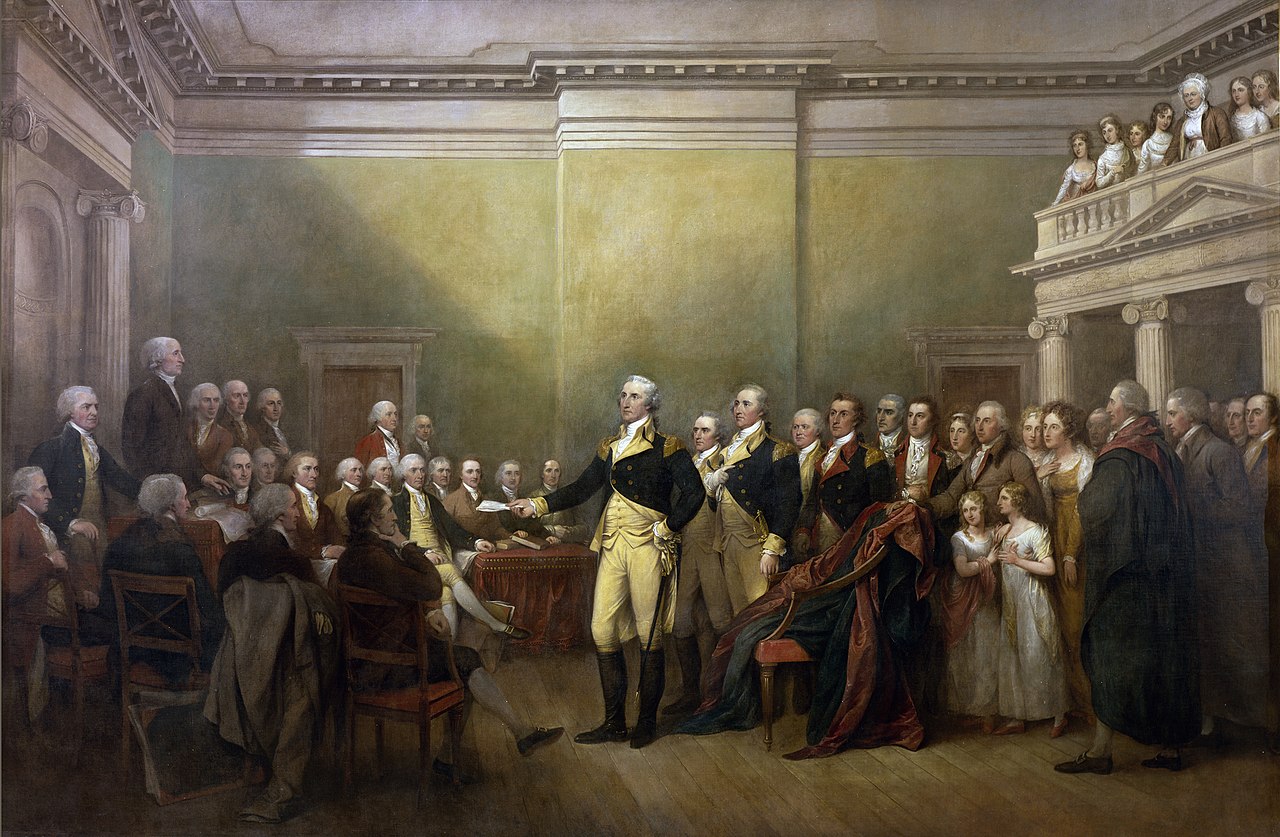 John Trumbull, Wikimedia Commons
John Trumbull, Wikimedia Commons
War Of 1812
When the United States and the United Kingdom fought again in 1812 it ended essentially as a draw. Support within the United States varied from region to region with no clear cause compared to other conflicts. When General Andrew Jackson arrived in New Orleans in December 1814 he found a diverse city, with a population including Anglo-Americans, free people of color, slaves, and Creoles.
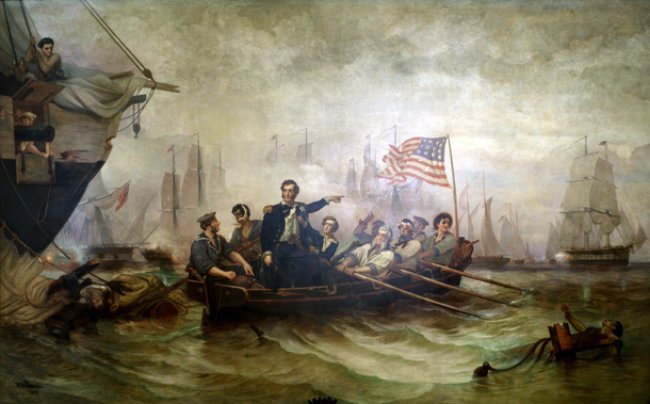 William Henry Powell, Wikimedia Commons
William Henry Powell, Wikimedia Commons
War Of 1812
Jackson feared disloyalty from these disparate groups as well as a potential for widespread panic at the sight of US forces. He declared martial law as a pre-emptive measure, imposing curfews, and travel restrictions, and declaring any challenge to his authority as treason.
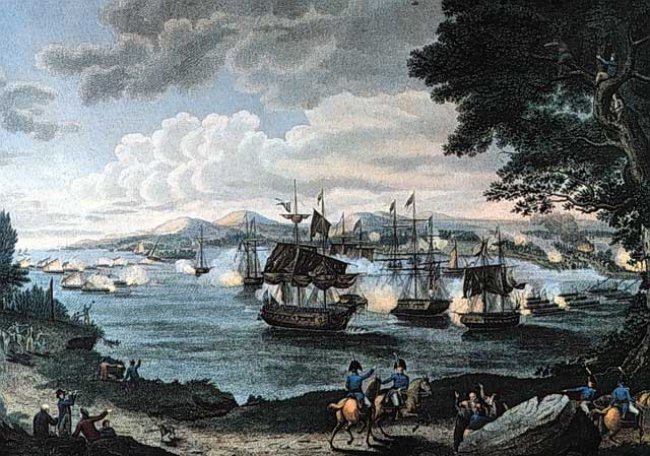 Mike McGregor, Wikimedia Commons
Mike McGregor, Wikimedia Commons
War Of 1812
These draconian measures led to mass arrests and martial law remained in effect for several months after the conflict had ended. Both the local and federal courts ruled against Jackson calling his actions unconstitutional. As a response, Jackson imprisoned those judges as well and he forbade any newspaper from publishing news of the armistice that was being signed in Europe.
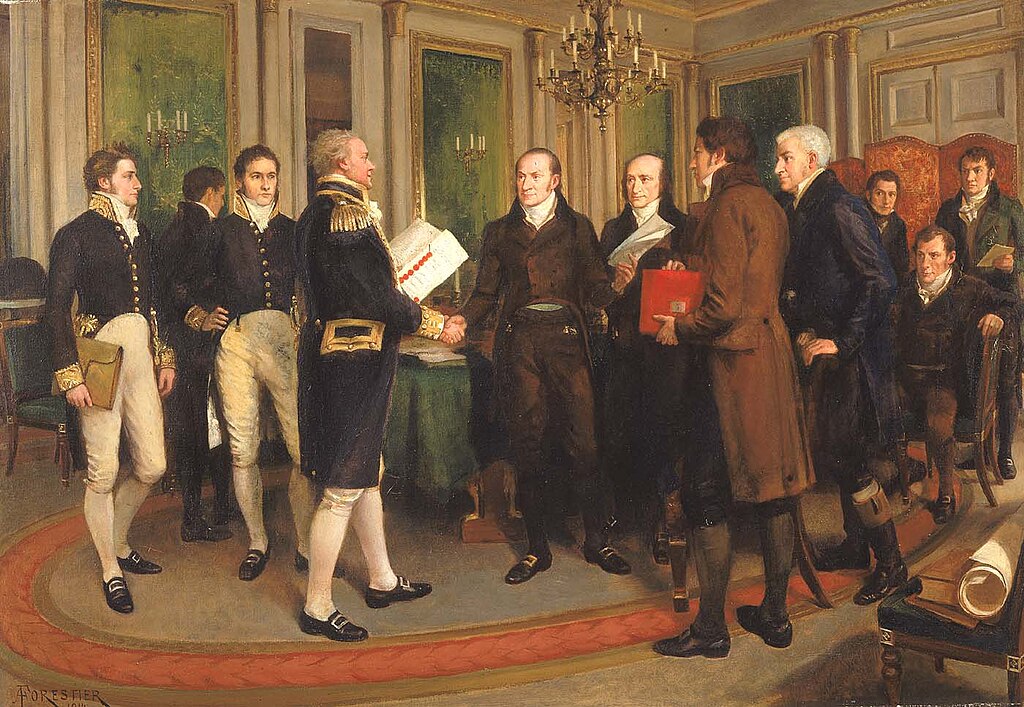 Amédée Forestier, Wikimedia Commons
Amédée Forestier, Wikimedia Commons
Utah War (1857)
The Utah Territory, governed by Brigham Young, was not yet a state. Along with being governor, Young led the Church of Jesus Christ of Latter-day Saints (LDS), also known as The Mormons. Tension grew between the US federal government and the Utah Territory over Young’s governing the territory as a theocracy and the LDS practice of polygamy.
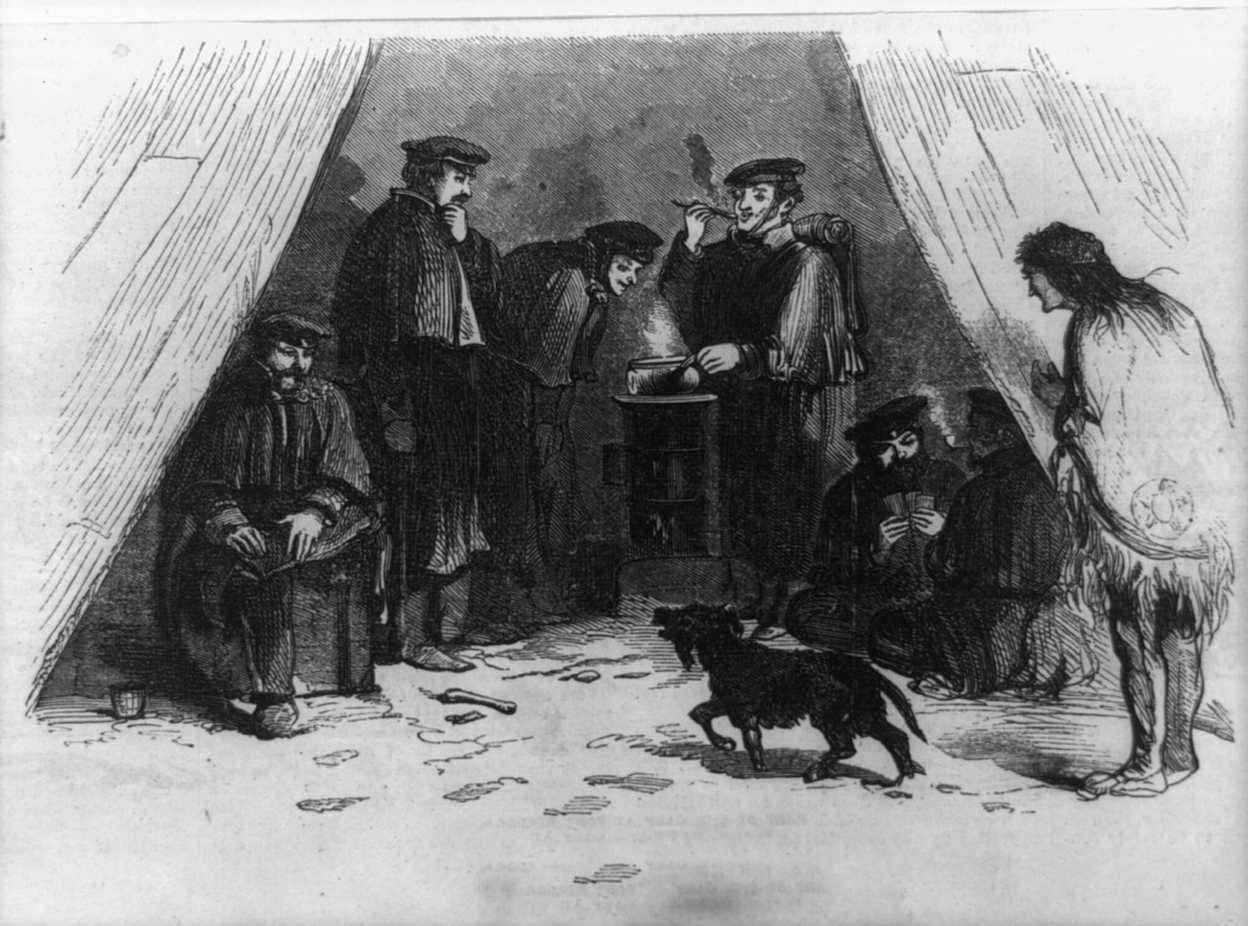 Library of Congress, Wikimedia Commons
Library of Congress, Wikimedia Commons
Utah War (1857)
To reassert US federal authority, President James Buchanan sent federal forces into the territory at which point Governor Young declared martial law. Mormons feared the federal government would eliminate them and they dug in preparing to defend themselves.
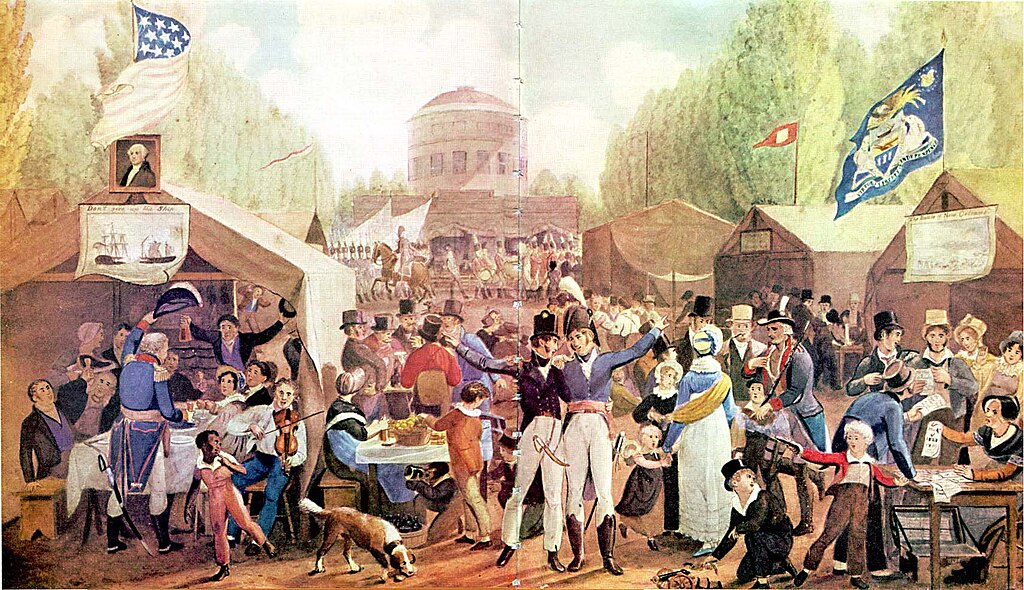 John Lewis Krimmel, Wikimedia Commons
John Lewis Krimmel, Wikimedia Commons
Utah War (1857)
With martial law, the territory government put travel restrictions into place. Ordered to flee Salt Lake City, the people burned their homes as they left. Federal forces finally restored order and removed Young from power.
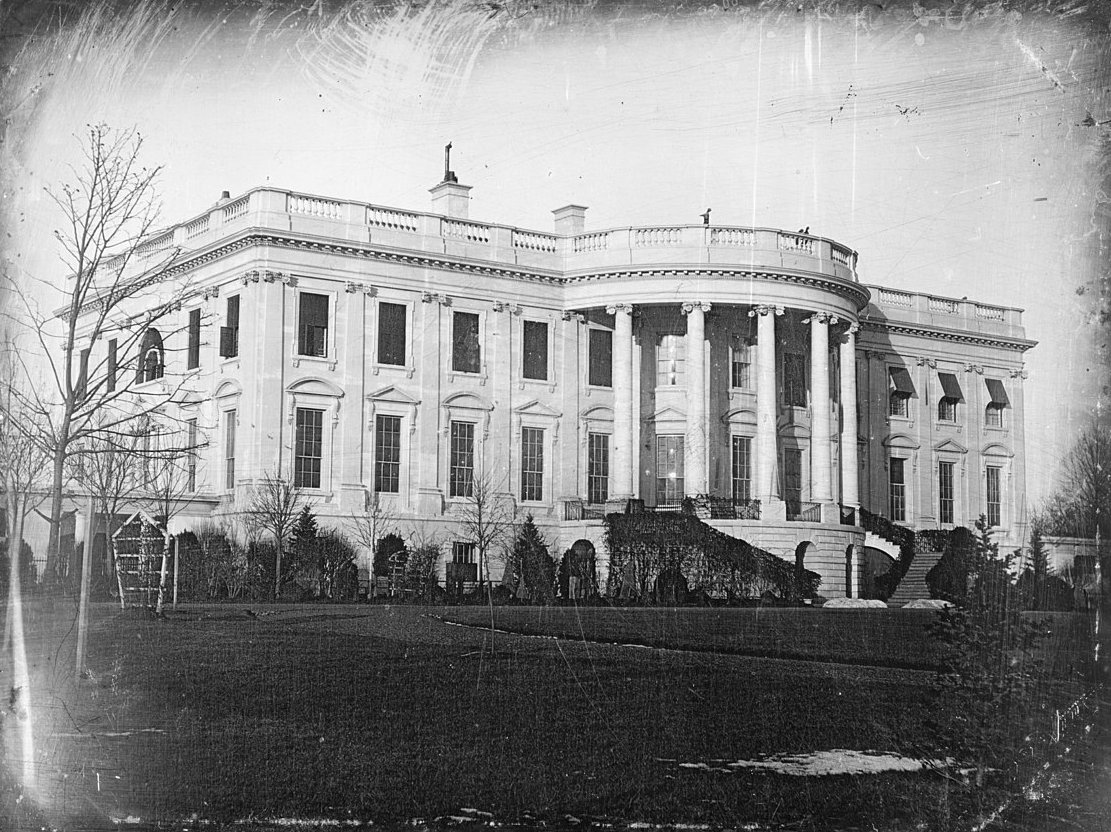 John Plumbe, Wikimedia Commons
John Plumbe, Wikimedia Commons
Baltimore (1861)
The US Civil War was catastrophic for the United States. In Baltimore secessionists destroyed the railway lines around the city to prevent Union access. Union General Benjamin Butler seized the city and took over the local government.
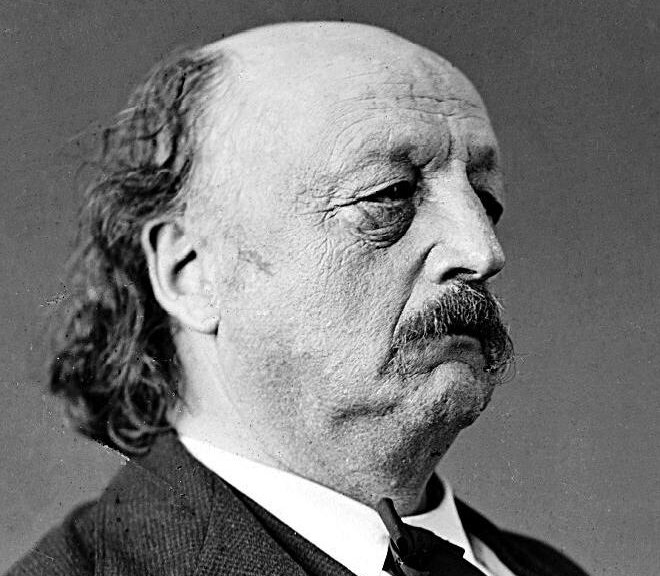 Mathew Benjamin Brady, Wikimedia Commons
Mathew Benjamin Brady, Wikimedia Commons
Baltimore (1861)
Butler had no actual authority to do this but Maryland, despite being a slave state, did not secede from the United States and join the Confederacy. With mixed local attitudes towards the conflict, Butler’s use of force and military rule faced no opposition by the local population.
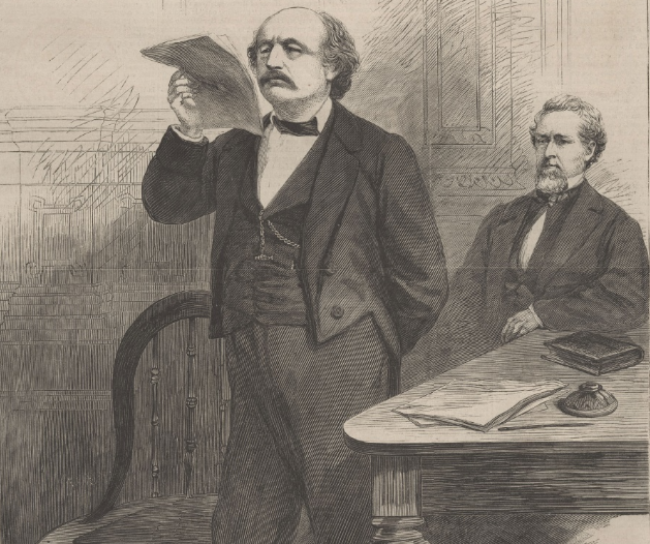 James Earl Taylor, Wikimedia Commons
James Earl Taylor, Wikimedia Commons
Kentucky, Maryland and Missouri (1863)
As the US Civil War raged on, US President Abraham Lincoln declared martial law on Kentucky, Maryland and Missouri in 1863, allowing the US government to impose martial law on the rest of the United States if necessary.
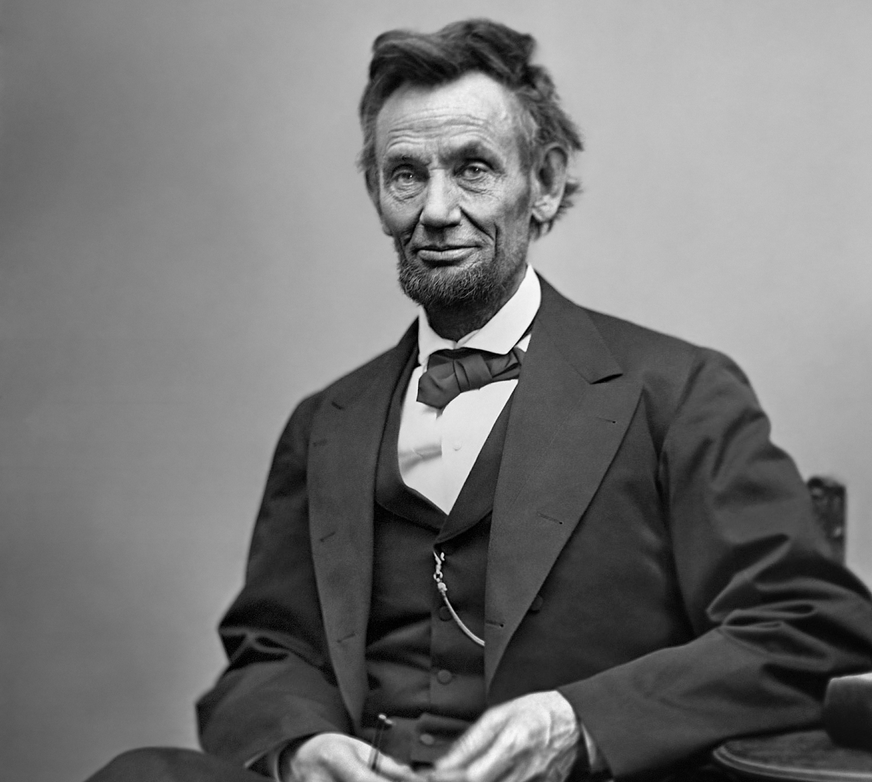 Library of Congress, Wikimedia Commons
Library of Congress, Wikimedia Commons
Kentucky, Maryland and Missouri (1863)
A reaction to these states being supposed safe havens for escaped POWs, spies, and draft dodgers, this heavy-handed use of martial law resulted in a challenge by the US Supreme Court, which declared it unconstitutional. It took the end of the conflict to restore order.
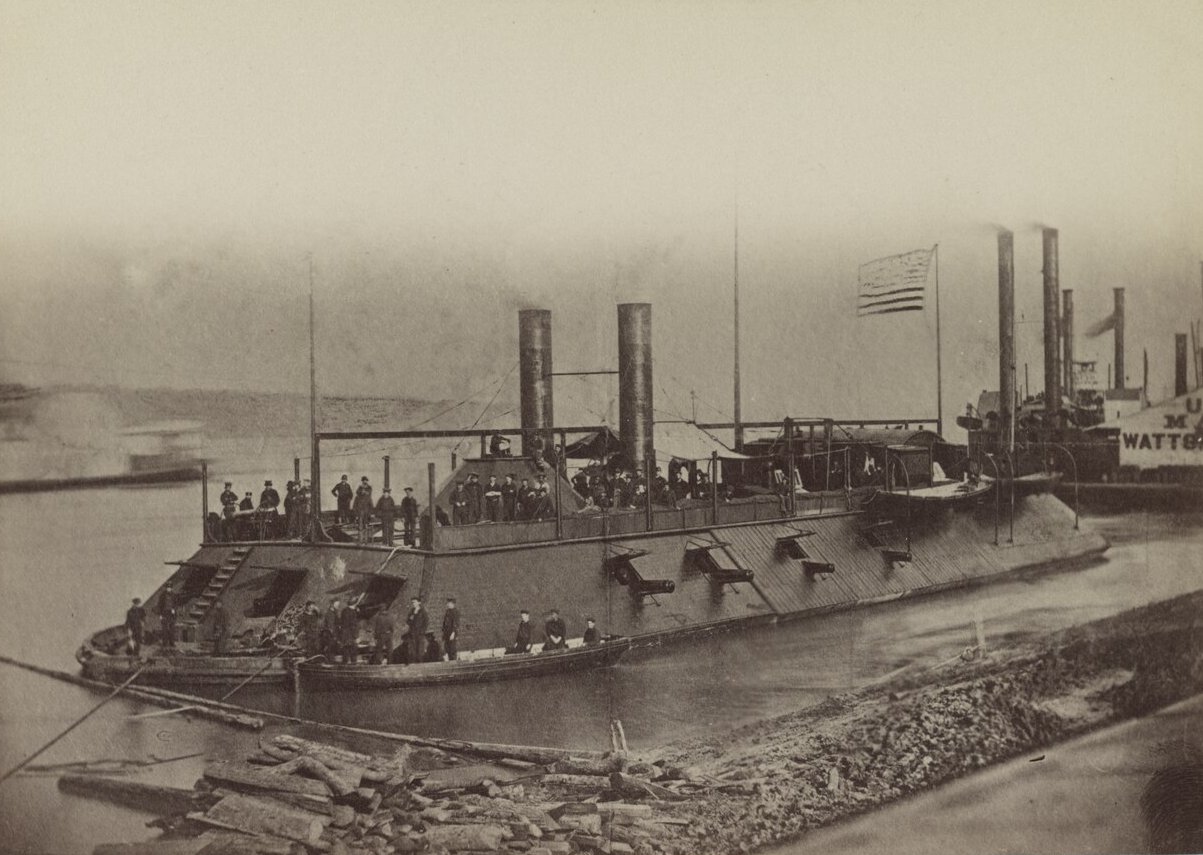 Civil War Glass Negatives, Wikimedia Commons
Civil War Glass Negatives, Wikimedia Commons
The Great Chicago Fire (1871)
The Great Chicago Fire consumed much of the city of Chicago from October 8–10, 1871. Over 300 people lost their lives and 3.3 square miles of the city lay in ruins, including over 17,000 structures.
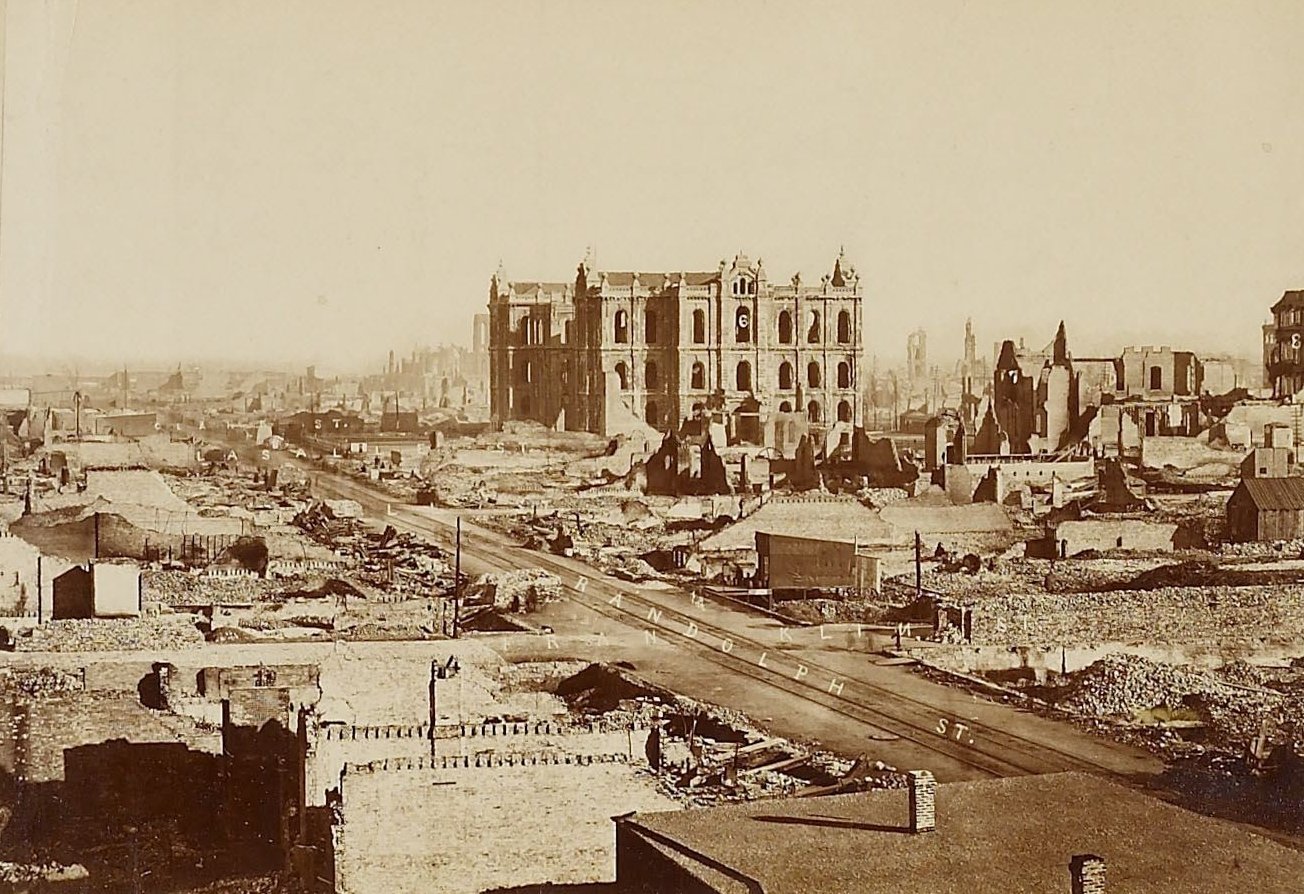 Art Institute of Chicago, Wikimedia Commons
Art Institute of Chicago, Wikimedia Commons
The Great Chicago Fire (1871)
With the deaths and untold injuries, and with over 100,000 Chicago residents now homeless, restoring order to the city proved difficult. Chicago Mayor Roswell B. Mason declared martial law and put General Philip Sheridan in charge. With the fire extinguished, authorities found no widespread disturbances and with no incidents to speak of, they ended martial law.
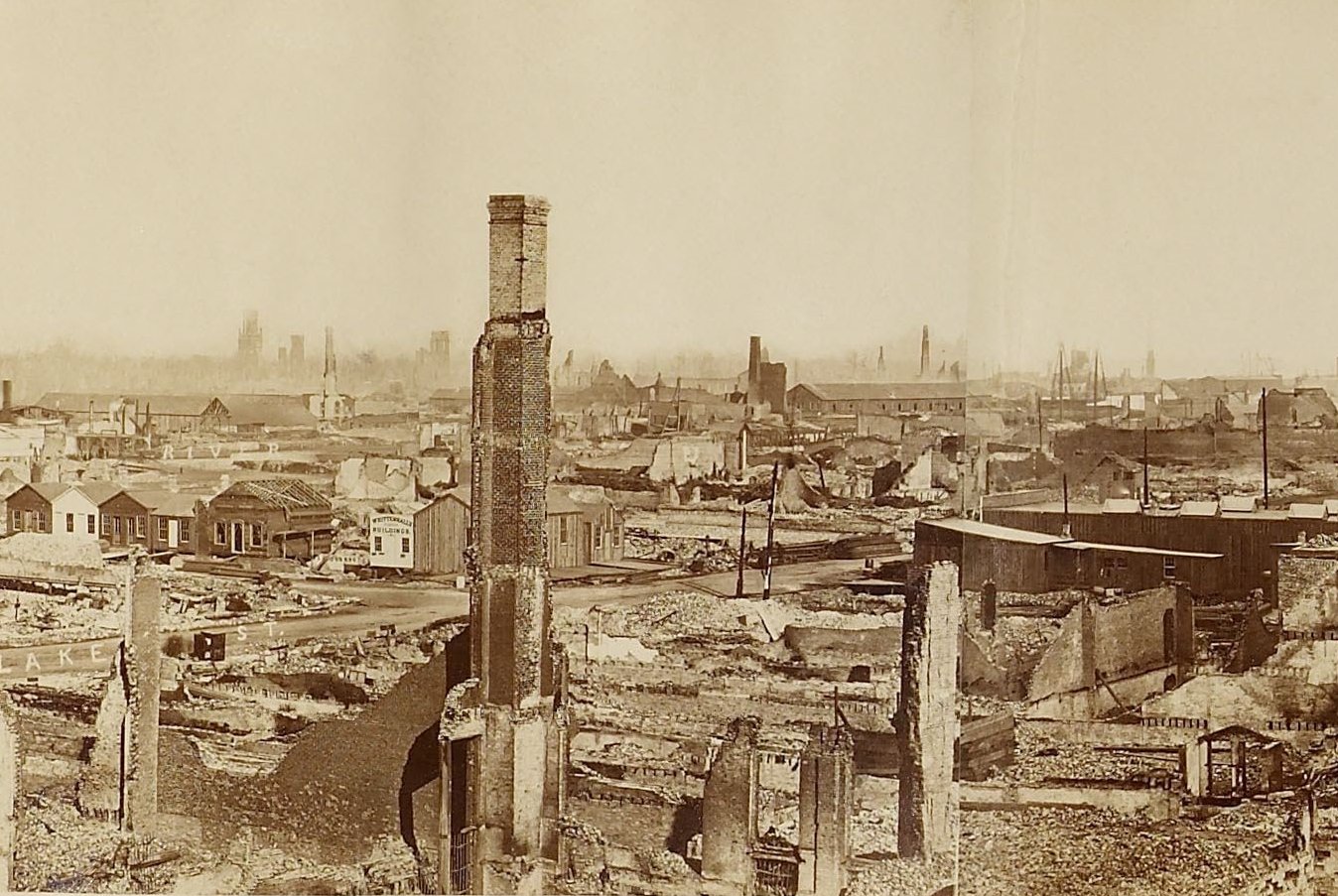 Art Institute of Chicago, Wikimedia Commons
Art Institute of Chicago, Wikimedia Commons
Coeur d'Alene, Idaho (1892)
Labor disputes often resulted in the use of excessive force by the government. A strike by mineworkers in Idaho in 1892 erupted in fierce fighting. Strike-breaking workers brought in by the mine owners greatly escalated the tension between strikers and mining authorities.
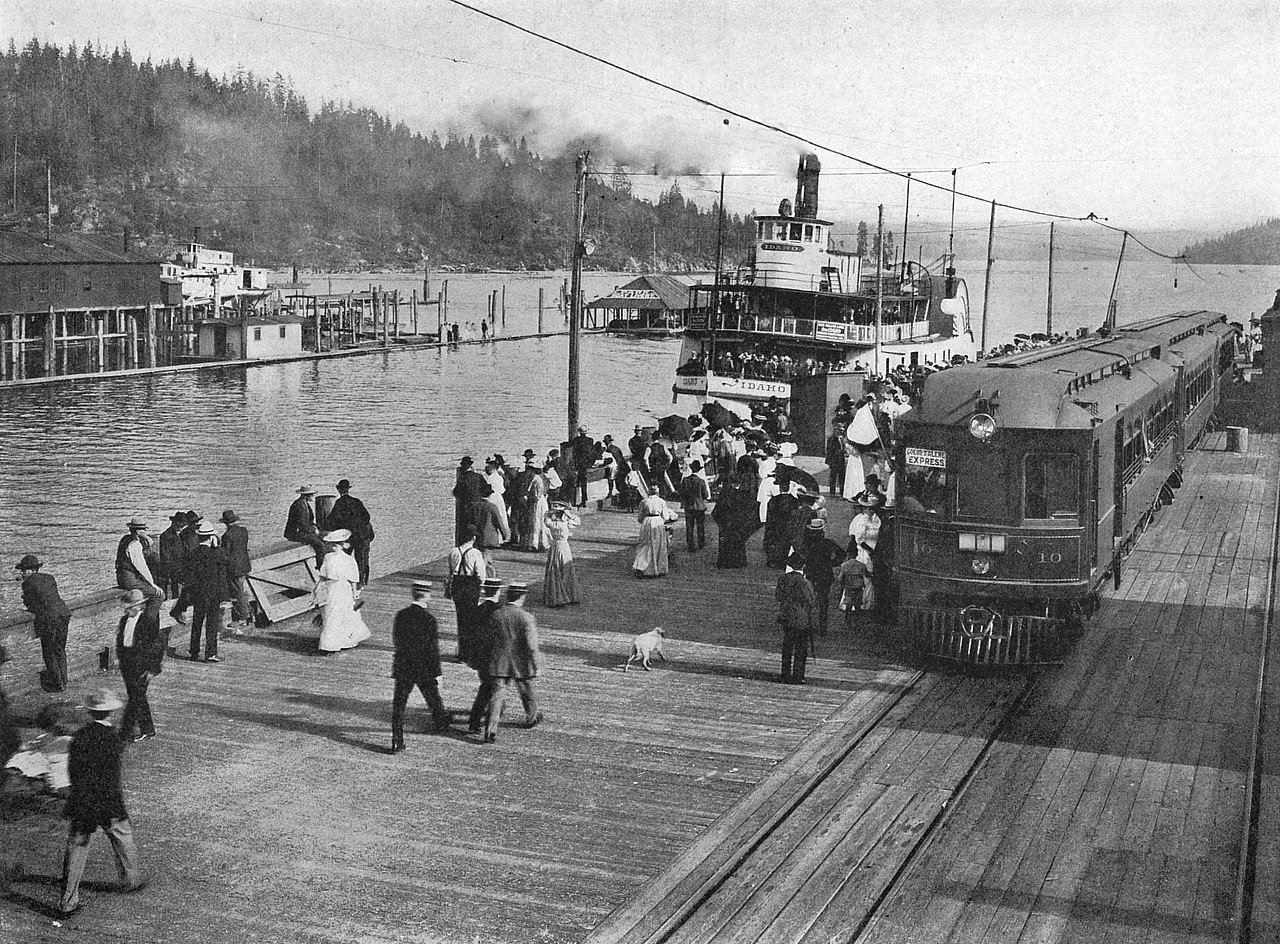 Augusta Anderson, Wikimedia Commons
Augusta Anderson, Wikimedia Commons
Coeur d'Alene, Idaho (1892)
The strikers shot at the strike-breakers and one of the mills at the mine blew up. A four-story building collapsed with the loss of one life. As a result of these events, the governor of Idaho declared martial law.
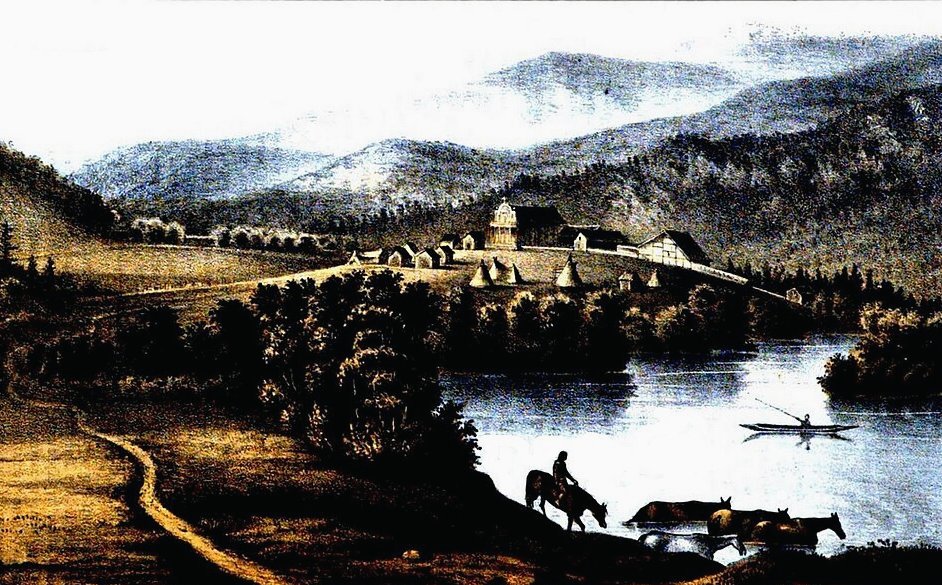 Gustav Sohon, Wikimedia Commons
Gustav Sohon, Wikimedia Commons
Coeur d'Alene, Idaho (1892)
Federal forces, brought in to support the mine guards, resulted in over 600 people detained with about 24 ringleaders eventually being tried. While in prison, the miners formed a new union, the Western Federation of Miners, ensuring rights for miners and further tension in their relationship with mine owners.
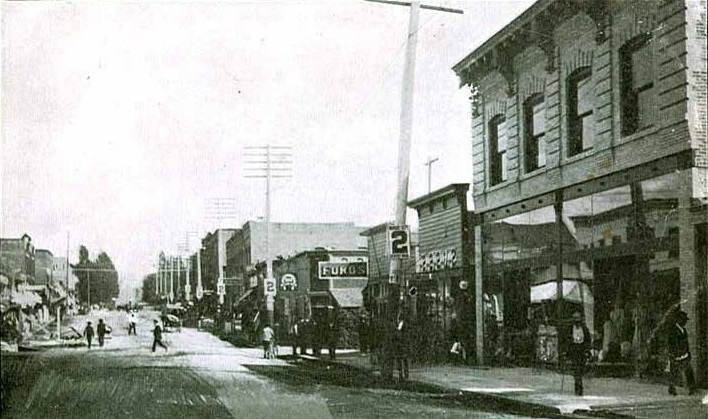 University of Washington, Wikimedia Commons
University of Washington, Wikimedia Commons
San Francisco Earthquake Of 1906
The earthquake which struck San Francisco in 1906 is legendary. Even at the time, the earthquake and its aftermath made headlines around the world. Before the earthquakes, federal forces were stationed in San Francisco, at the Presidio.
San Francisco Earthquake Of 1906
These federal forces came into service under martial law, positioned throughout the city to maintain order. Dynamite, commonly available in the city, was confiscated. The dynamite was then used to destroy surviving buildings as a way to prevent fires from spreading.
Colorado Coalfield War (1914 and 1917)
The series of conflicts known collectively as the Colorado Coalfield War date back several decades before 1914. Strikers would clash with mine owners, private security and government forces. This resulted in a great deal of bloodshed over the years, including lives lost on both sides.
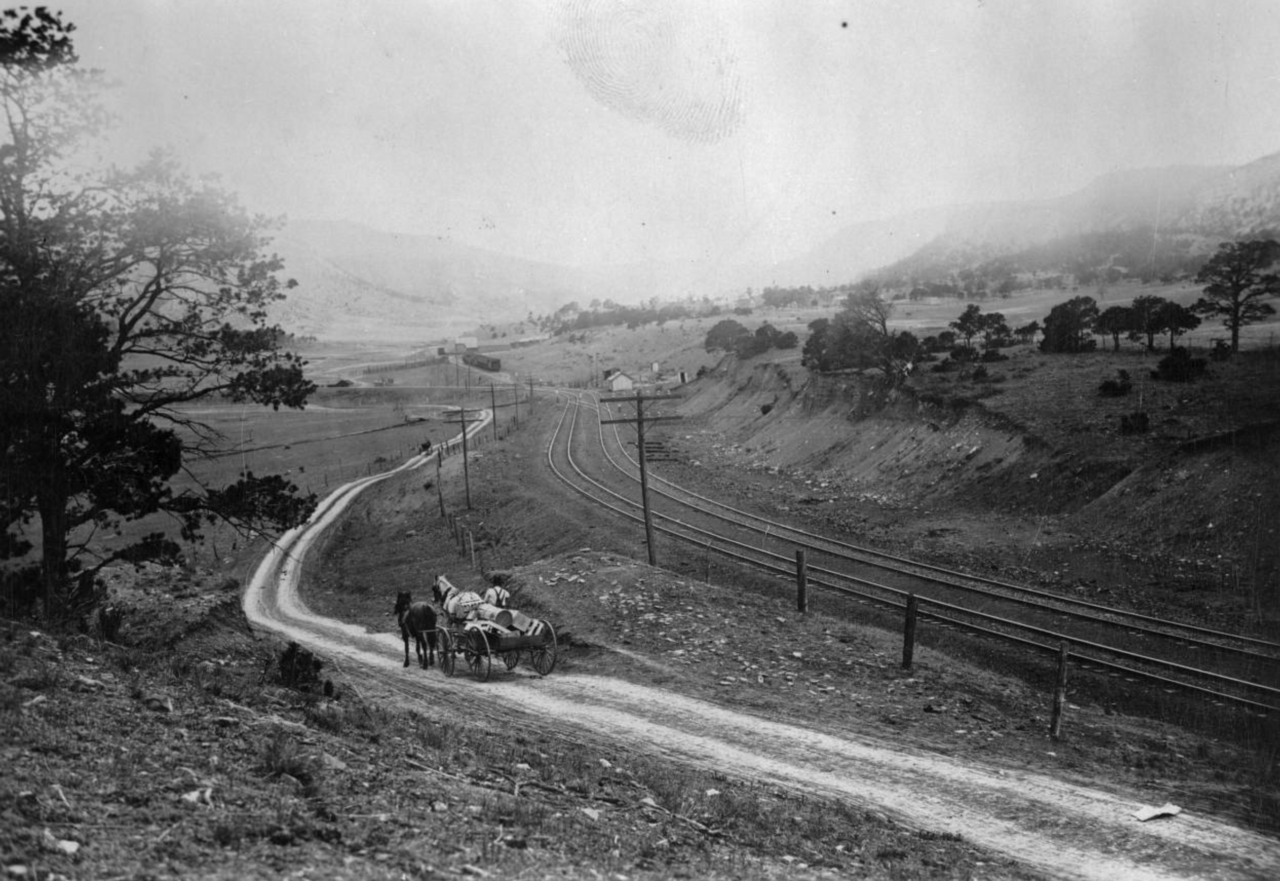 Denver Public Library Special Collections, Wikimedia Commons
Denver Public Library Special Collections, Wikimedia Commons
Colorado Coalfield War (1914 and 1917)
After an escalation of tension in 1913, Martial law was imposed in 1914, with the Colorado National Guard called in to face the strikers. Although tense, the situation remained peaceful. However, over time they replaced the National Guard with private security loyal to the mine owners.
Colorado Coalfield War (1914 and 1917)
The situation escalated and under martial law what is known as the Ludlow Massacre took place. Order was only restored when US President Wilson sent federal forces to end the fighting.
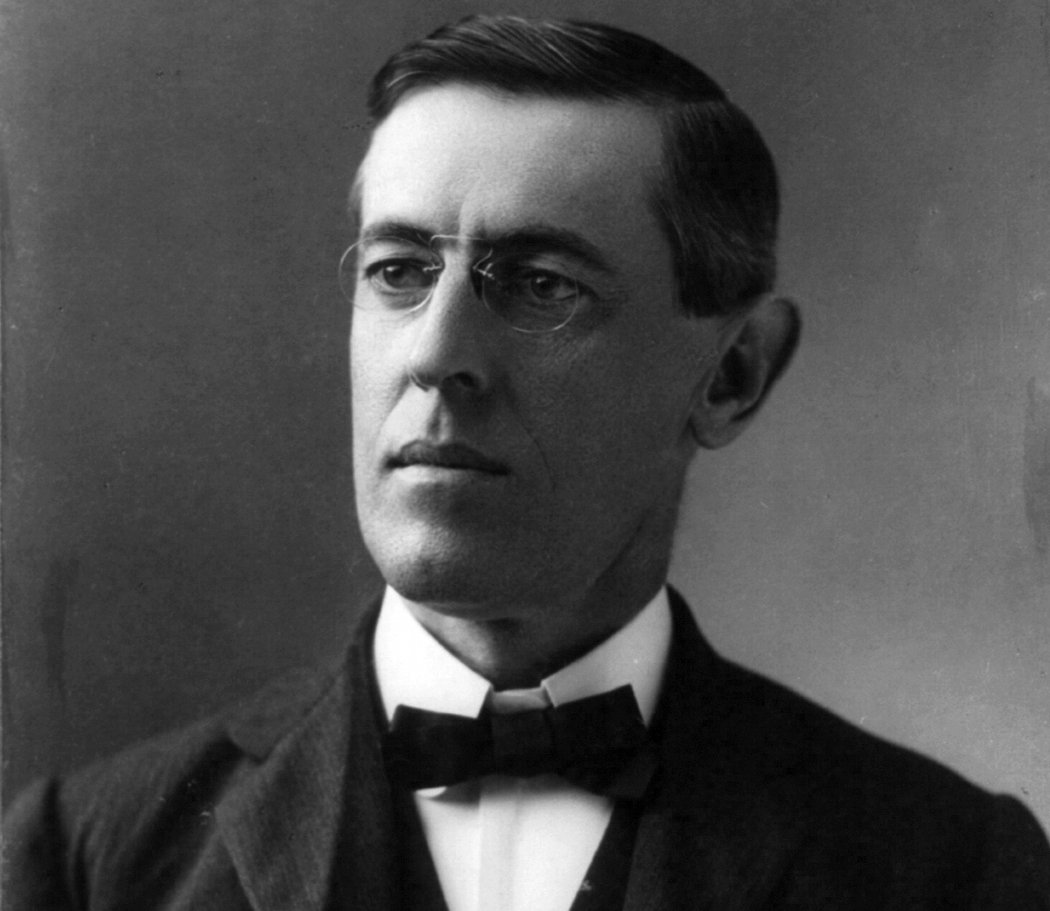 James E. Purdy, Wikimedia Commons
James E. Purdy, Wikimedia Commons
Colorado Coalfield War (1914 and 1917)
In 1917 a second incident took place. Government agents raided the Spokane, Washington office of the Industrial Workers of the World, the union representing the miners. With the arrest of the leaders of the union, martial law was once again declared.
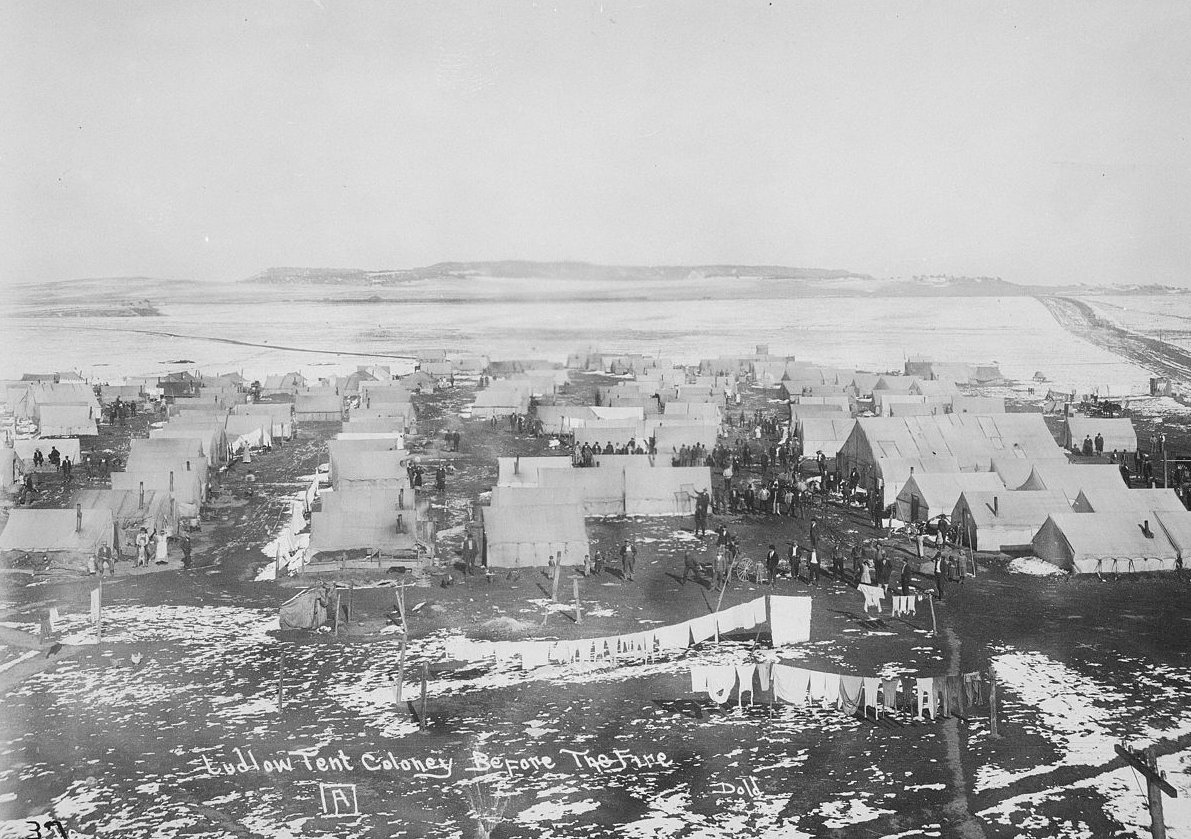 Unknown Artist, Wikimedia Commons
Unknown Artist, Wikimedia Commons
Colorado Coalfield War (1914 and 1917)
This led to greater tensions between the unions and the government, and union leaders accused the government of doing the bidding of private companies. With the leaders detained, a general strike was called. With the United States now involved in WWI, agitation against government forces became increasingly perceived as sedition and treason.
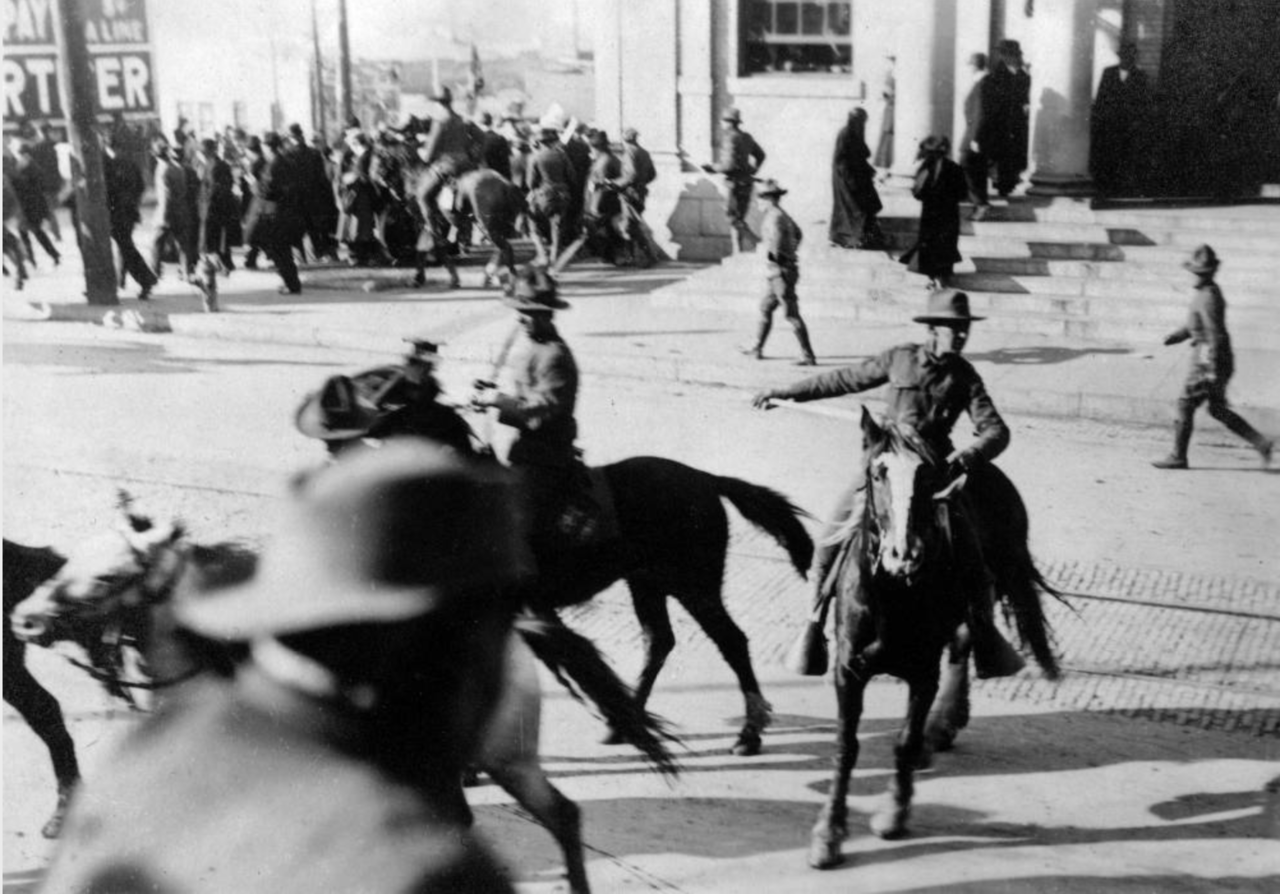 G. S. Minot, Wikimedia Commons
G. S. Minot, Wikimedia Commons
West Virginia Coal Wars (1920-1921)
In what seems like an ongoing battle across the nation between miners and mine owners, further conflicts between strikers, industry owners, and the government took place, this time over a period between 1920 and 1921, dubbed the West Virginia Coal Wars. The escalation of tension between both sides led the state of West Virginia to declare martial law.
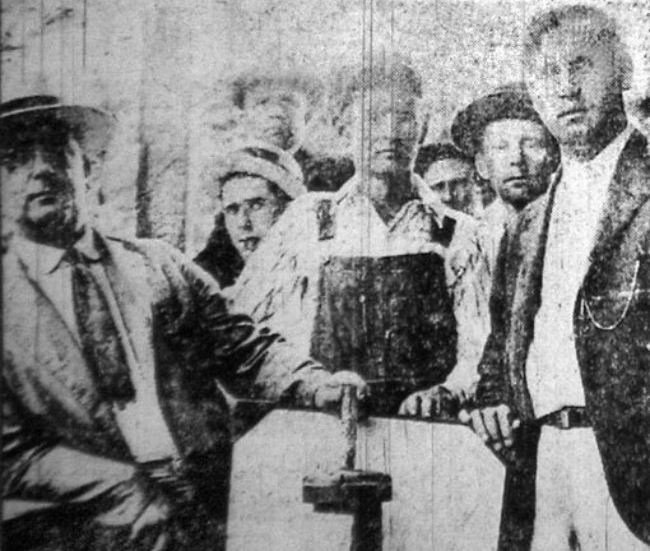 Charleston Gazette, Wikimedia Commons
Charleston Gazette, Wikimedia Commons
West Virginia Coal Wars (1920-1921)
Federal forces were sent in to confront striking coal miners arresting union miners without charge. No assembly was permitted under martial law, leading to many arrests of miners. Any union member found in the area was immediately detained .
West Virginia Coal Wars (1920-1921)
This caused the area jails to become overcrowded and authorities had no choice but to release detainees. None of the detained miners were ever charged with a crime or had any type of trial. The governor of West Virginia himself called the actions of federal forces a “veritable military dictatorship”.
Minneapolis, Minnesota (1934)
Bloody Friday is the name given to the day when local authorities opened fire on strikers, with two losses of life and over 65 injured. In 1934 a strike was called in Minneapolis, Minnesota and with the growing unrest, Minnesota Governor Floyd B. Olson declared martial law in the city of Minneapolis.
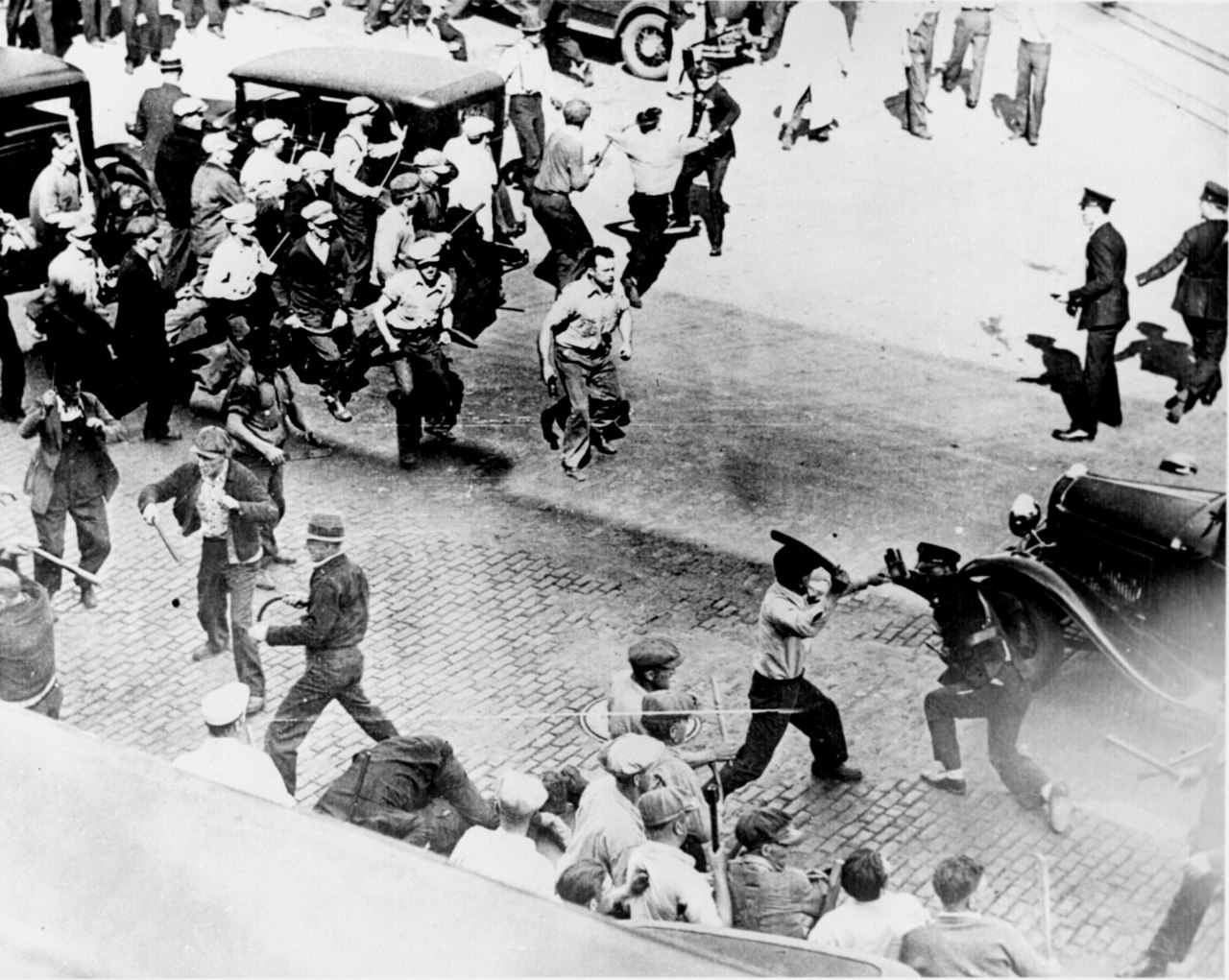 Unknown Artist, Wikimedia Commons
Unknown Artist, Wikimedia Commons
Minneapolis, Minnesota (1934)
The National Guard was deployed with over four thousand men to restore order. With this mobilization, no further loss of life took place. The National Guard began issuing permits to truck drivers with curfews imposed on the city.
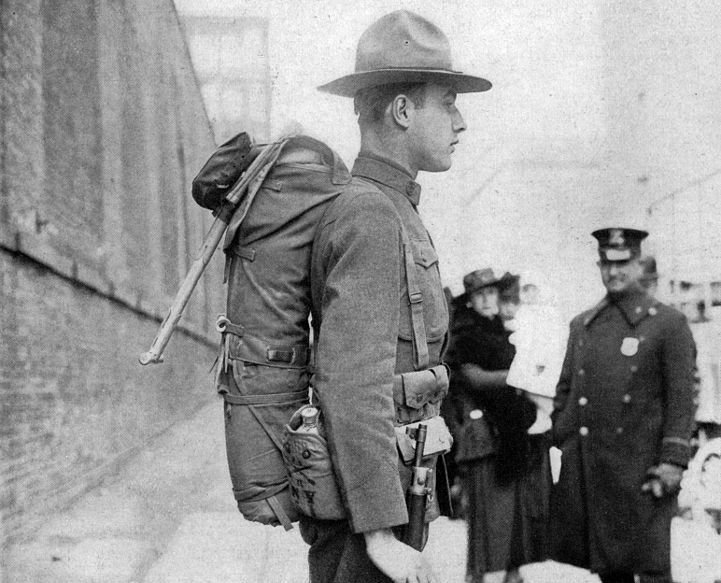 Underwood & Underwood., Wikimedia Commons
Underwood & Underwood., Wikimedia Commons
Minneapolis, Minnesota (1934)
Authorities seized the strikers’ headquarters with the union leaders detained and imprisoned in make-shift stockades at the state fairgrounds in Saint Paul. After release, union leaders returned to their headquarters.
Minneapolis, Minnesota (1934)
The union then called for a general strike in the city of Minneapolis. The governor issued an ultimatum demanding a settlement for all strike negotiations. Despite the call for a general strike, trucks with permits issued by federal forces began to operate in the city.
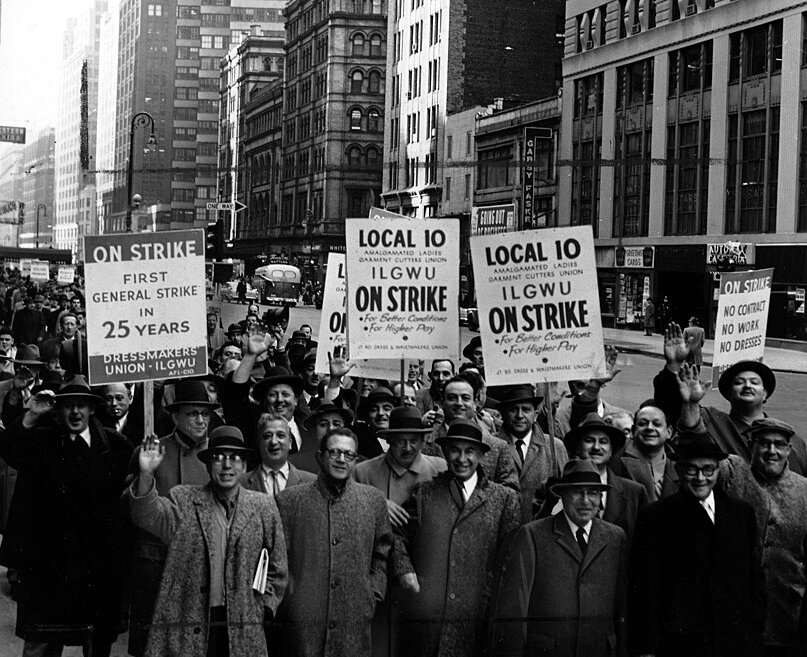 Kheel Center, CC BY 2.0, Wikimedia Commons
Kheel Center, CC BY 2.0, Wikimedia Commons
Minneapolis, Minnesota (1934)
The union was greatly weakened by this, but they vowed to keep fighting. A. The draconian government actions backfired, as a federal mediator arrived and met many of the union’s demands. Because of Bloody Friday, unions became stronger in Minneapolis.
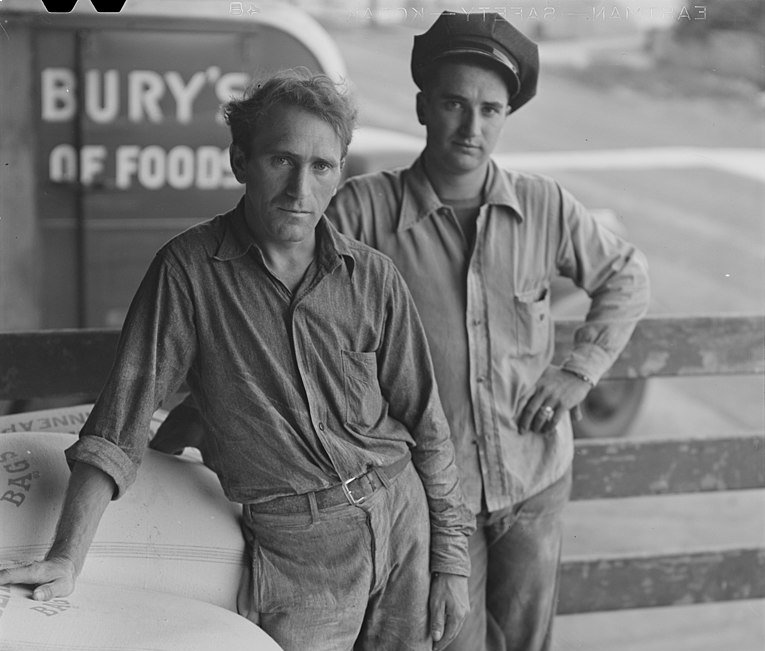 John Vachon, Wikimedia Commons
John Vachon, Wikimedia Commons
San Francisco, California (1934)
Deep onto the Great Depression, 1934 was a pivotal year for labor unions and in that year dock workers in San Francisco went on strike. With the strike in effect, the governor of California declared martial law in San Francisco. The National Guard opened the docks with martial law being extended to the entire city.
San Francisco, California (1934)
Nevertheless, the National Guard had much authority over dock workers. They were empowered to make arbitrary arrests and try detainees in court. This further deepened the resentment and tensions between striking workers, company owners and the government.
Territory Of Hawaii (1941-1944)
With the unexpected Japanese attack on Pearl Harbor, the United States joined WWII. Hawaii, a US territory at the time of the invasion, came under control of a military governor. This resulted in Hawaii being under martial law from December 7, 1941, to October 24, 1944.
Territory Of Hawaii (1941-1944)
After WWII one of the judges presiding over the Hawaiian Territory, J. Frank McLaughlin, condemned the administration of martial law. McLaughlin stated that a military government is not bound by the US Constitution, and Hawaii ended up being a conquered territory.
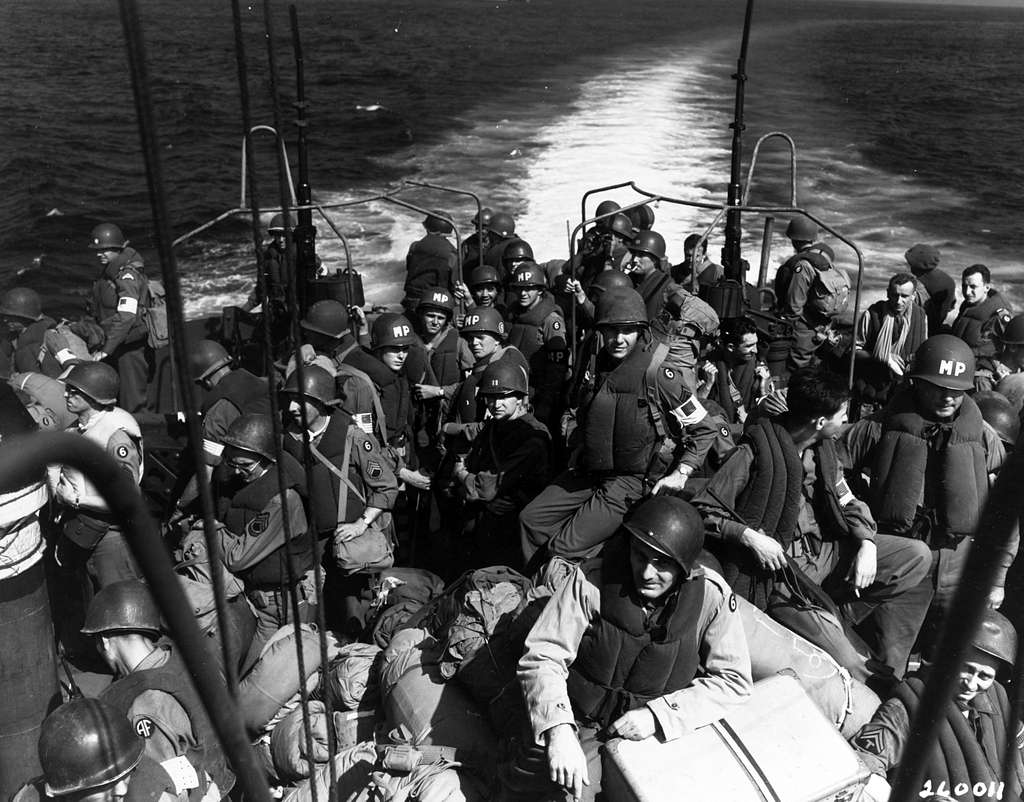 National Museum of the U.S. Navy, Getacrhive
National Museum of the U.S. Navy, Getacrhive
Russell County, Alabama (1954–55)
With crime at an all-time high in Alabama, in 1954 the governor placed Russell County under martial law. All law enforcement came under the authority of the National Guard who shut down many gang-controlled establishments. Somewhat ironically, martial law and the actions of the National Guard ensured the first lawful elections in the county in many decades.
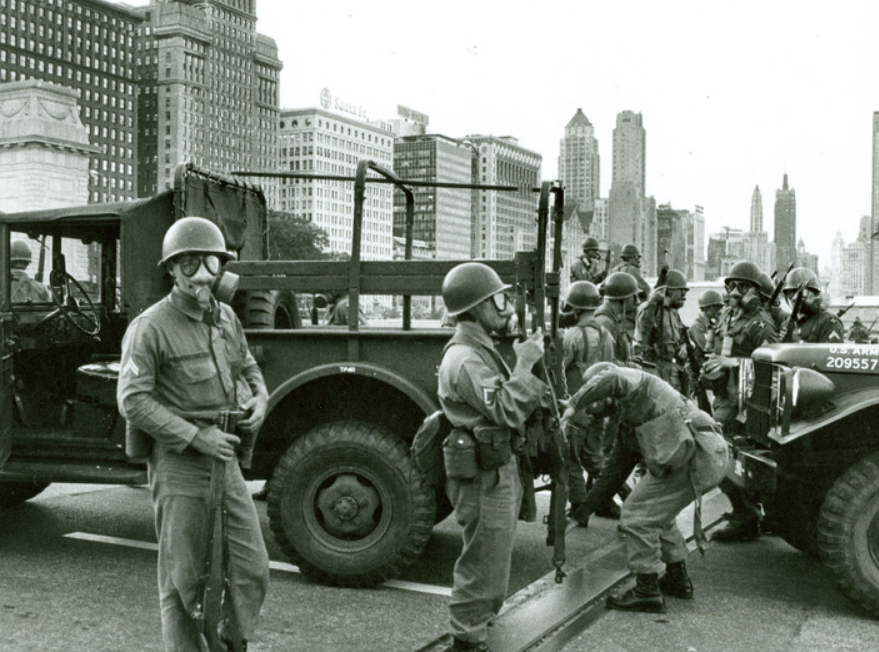 The U.S. National Archives, Picryl
The U.S. National Archives, Picryl
Freedom Riders (1961)
The Freedom Riders took part in protests against segregation on public buses in the Southern United States. The US Supreme Court ruled segregating public buses unconstitutional. Many Freedom Riders traveled from state to state to enforce open seating on buses.
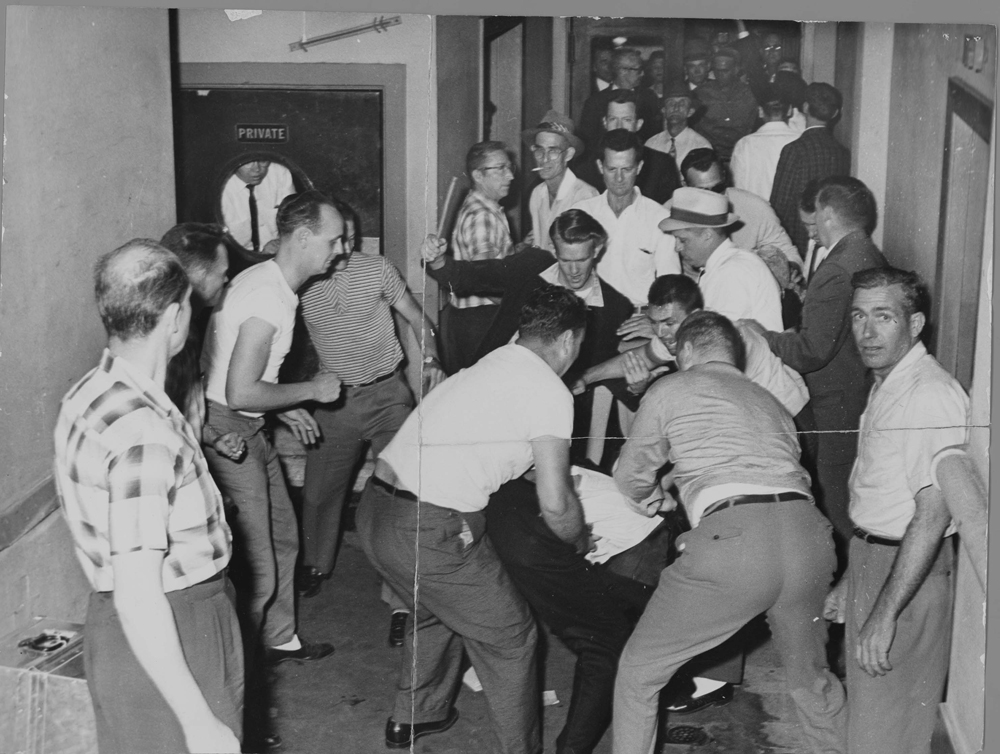 Tommy Langston, Wikimedia Commons
Tommy Langston, Wikimedia Commons
Freedom Riders (1961)
In 1961, the governor of Alabama declared martial law to stop supposed “outside agitators” coming into Alabama to “violate our laws and customs”. He also claimed that the Freedom Riders caused outbreaks of “lawlessness and mob action”. In the end, the Freedom Riders remained nonviolent and their challenge of segregation in the US South helped ensure the ending of segregation.


